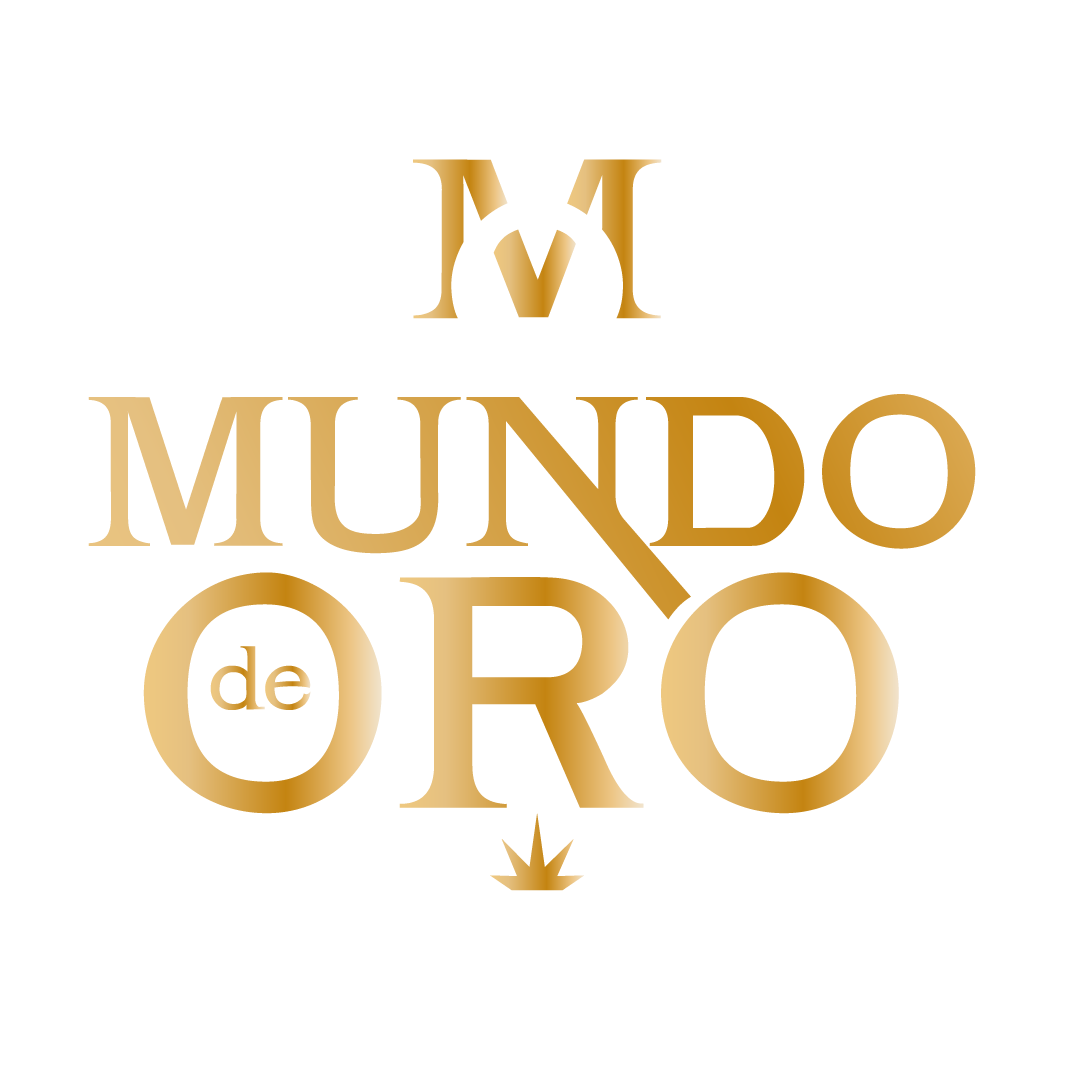About Us
“Authentic from it's origin”
Mundo de Oro, is a brand that competes in a very large and delicate market segment, “sensitive and demanding palates”, who seek the best in the market, which means that the selection of their profiles takes special care in the selection of the organoleptic characteristics. The bottle of each of its profiles reflects this diversification of flavors and colors.
Its name refers to the value of the Agave converted into Tequila, today worldwide, making an analogy with the value of gold. Agave is gold in Mexico and around the world, we can enjoy it every time we have a drink and that sensation of flavor that remains in the demanding palates of the market.
Mundo de oro was created to belong to the premiumness territory, managing to be part of it through the quality of its products, the variety of its profiles and the segment to which it is directed.
Our colorful bottles are part of our communication as we try to convey the portfolio of products that we have, referring to the colors and flavors that we find in the tequila industry, but also to that moment in which life presents us with different experiences full of colors and flavors.
Our tequila grows and is produced in the region of Amatitán, Jalisco, Mexico.
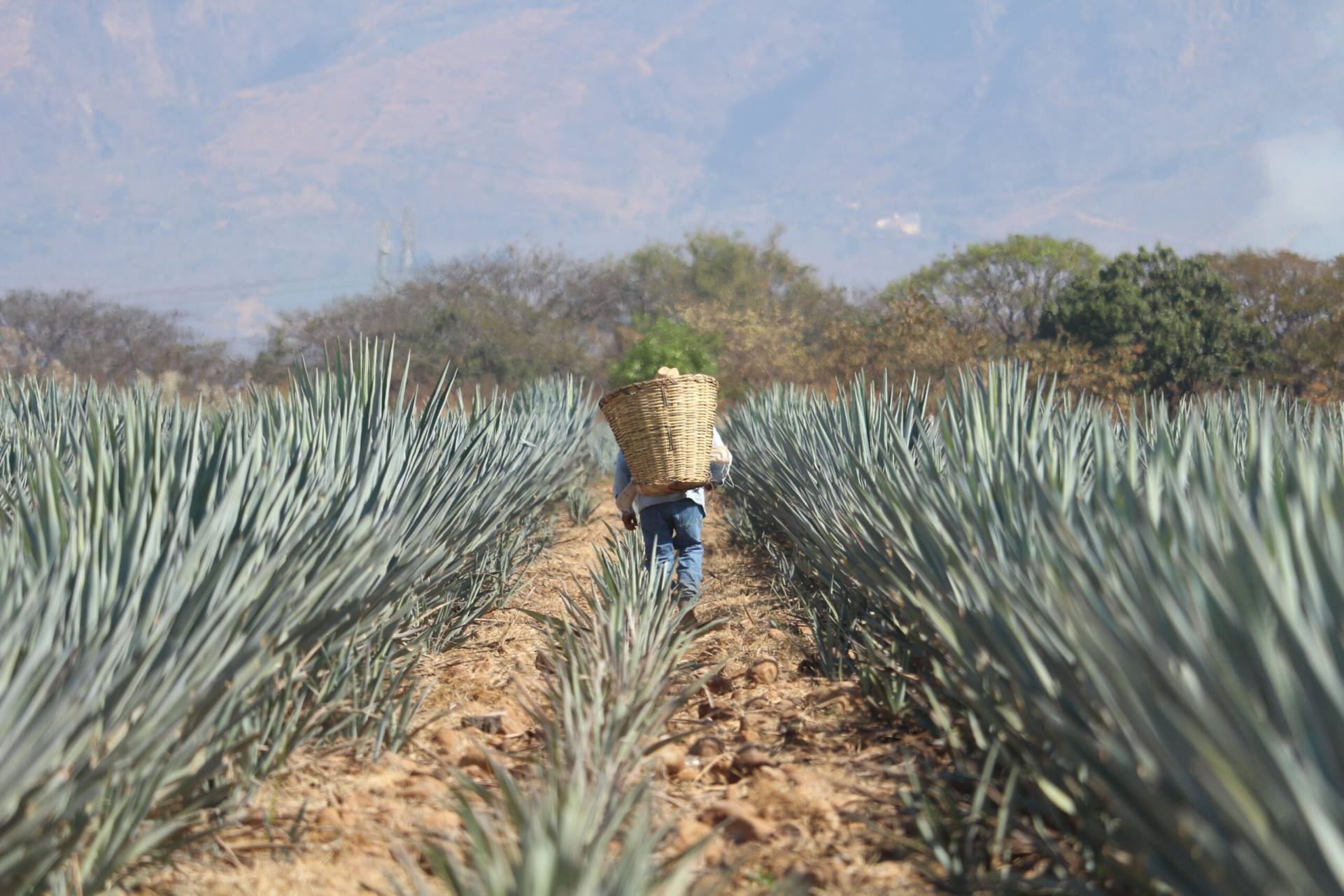
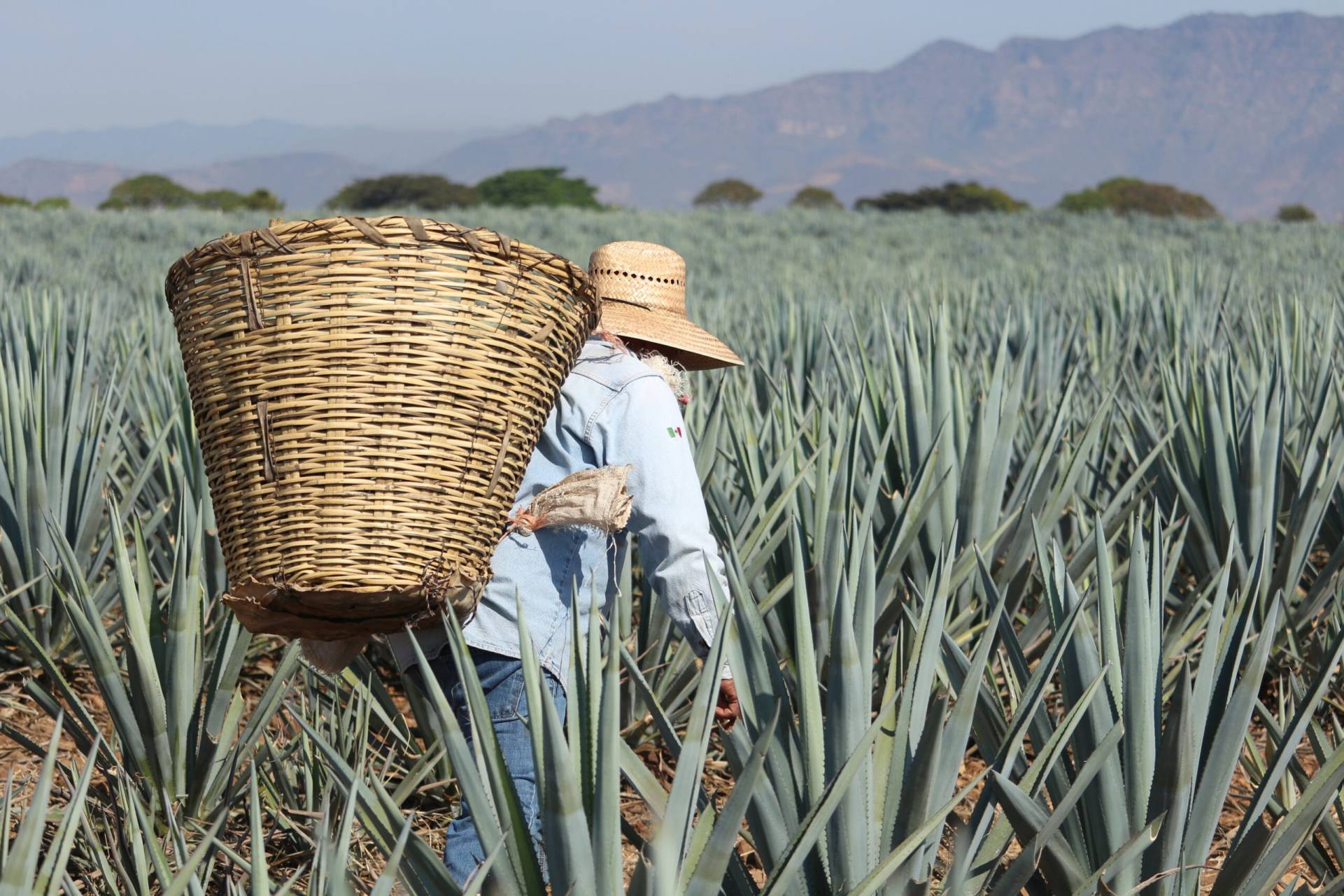

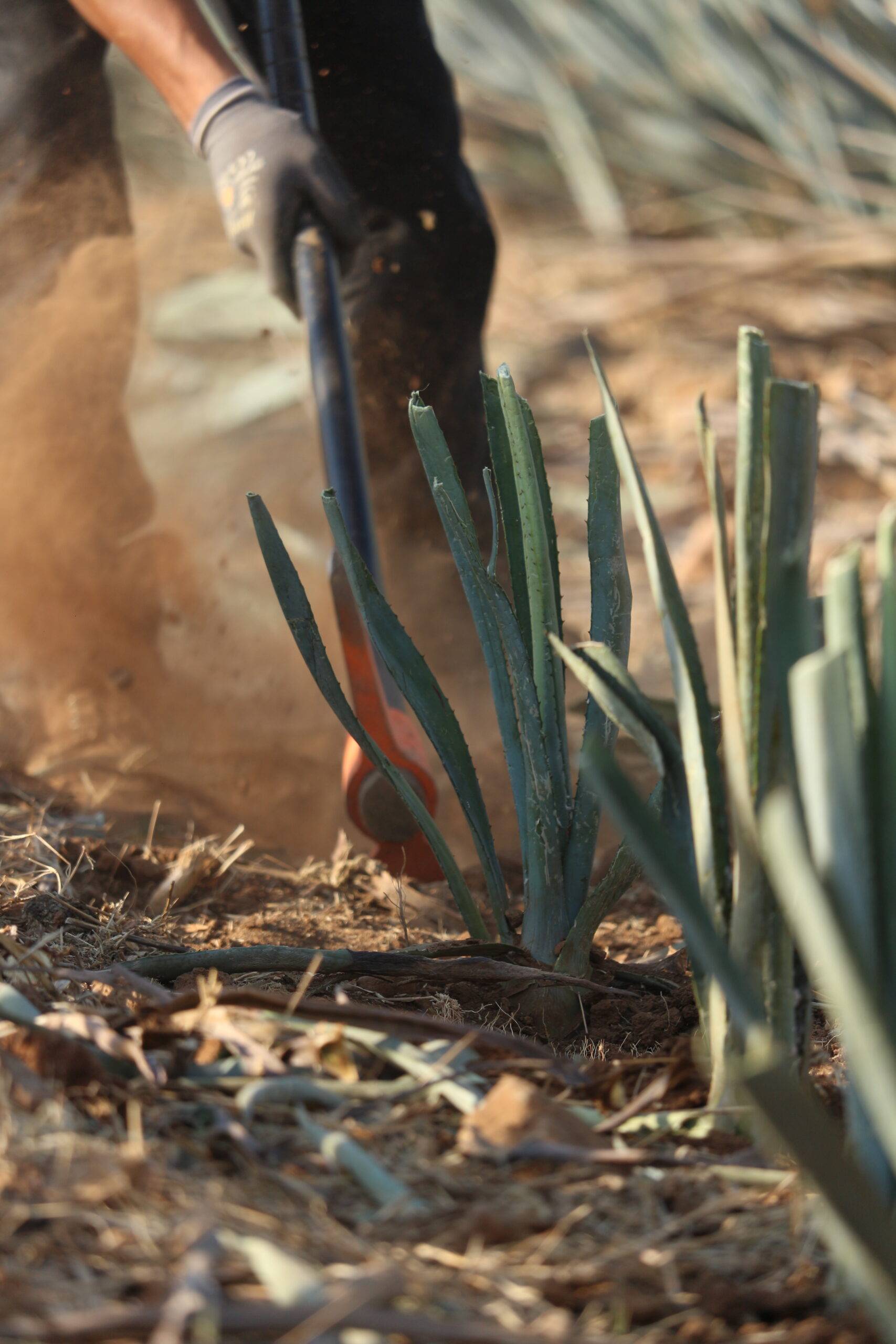
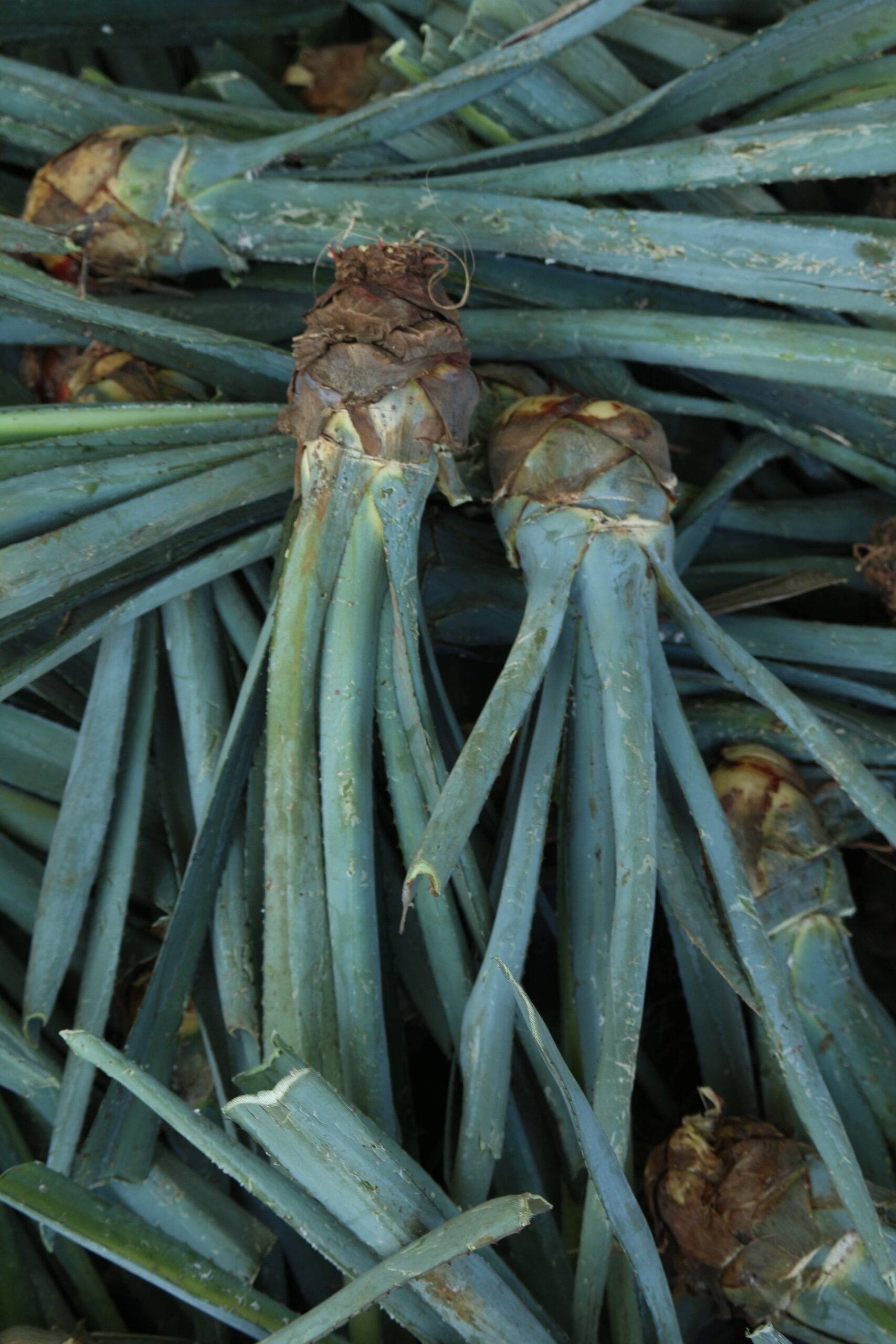
01
The Tequilana Weber blue variety plant is harvested, later all the necessary nutrients will be applied for optimal development within the next 4 to 5 years of growth.
01
The Tequilana Weber blue variety plant is harvested, later all the necessary nutrients will be applied for optimal development within the next 4 to 5 years of growth.
01
The Tequilana Weber blue variety plant is harvested, later all the necessary nutrients will be applied for optimal development within the next 4 to 5 years of growth.
01
The Tequilana Weber blue variety plant is harvested, later all the necessary nutrients will be applied for optimal development within the next 4 to 5 years of growth.
01
The Tequilana Weber blue variety plant is harvested, later all the necessary nutrients will be applied for optimal development within the next 4 to 5 years of growth.
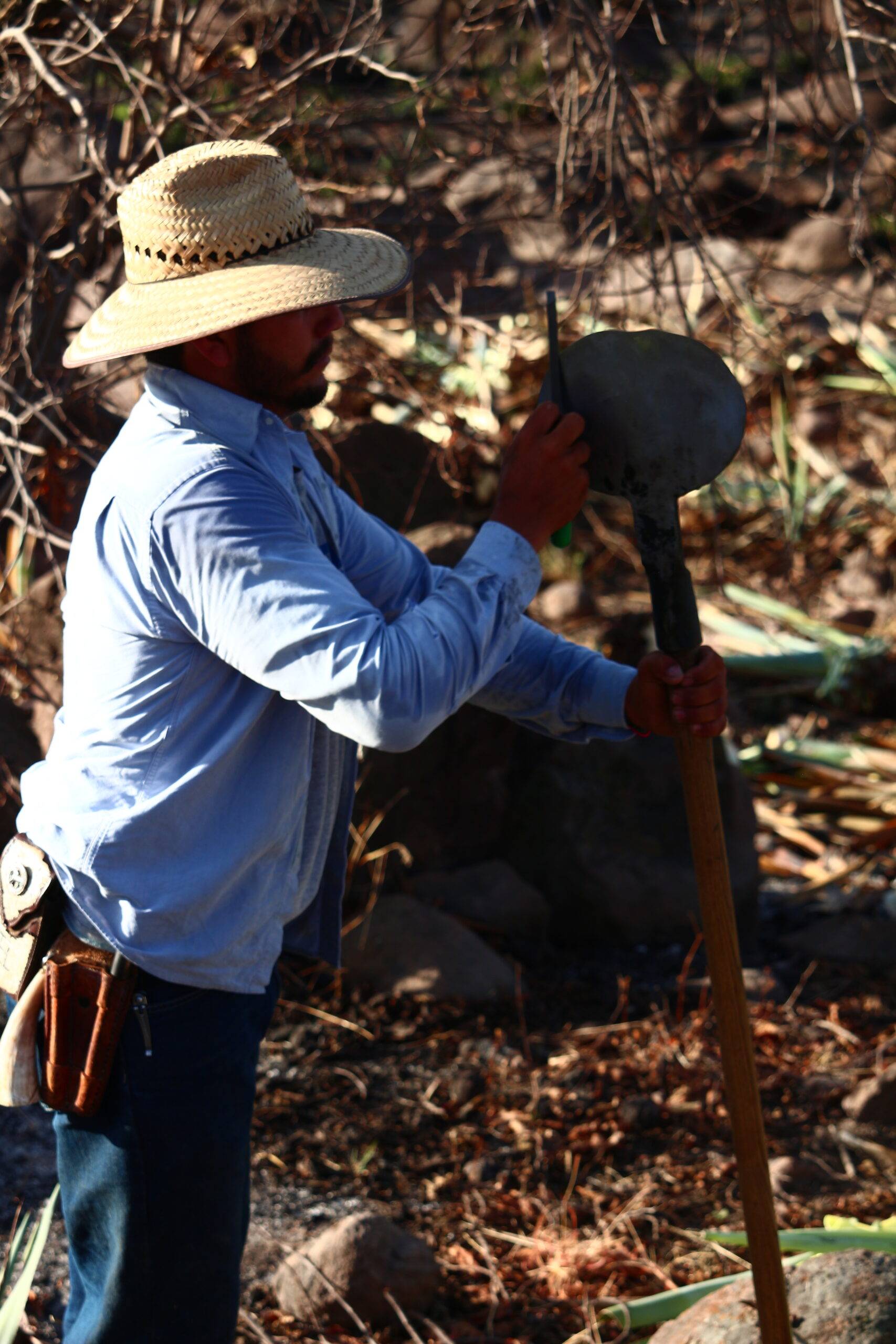
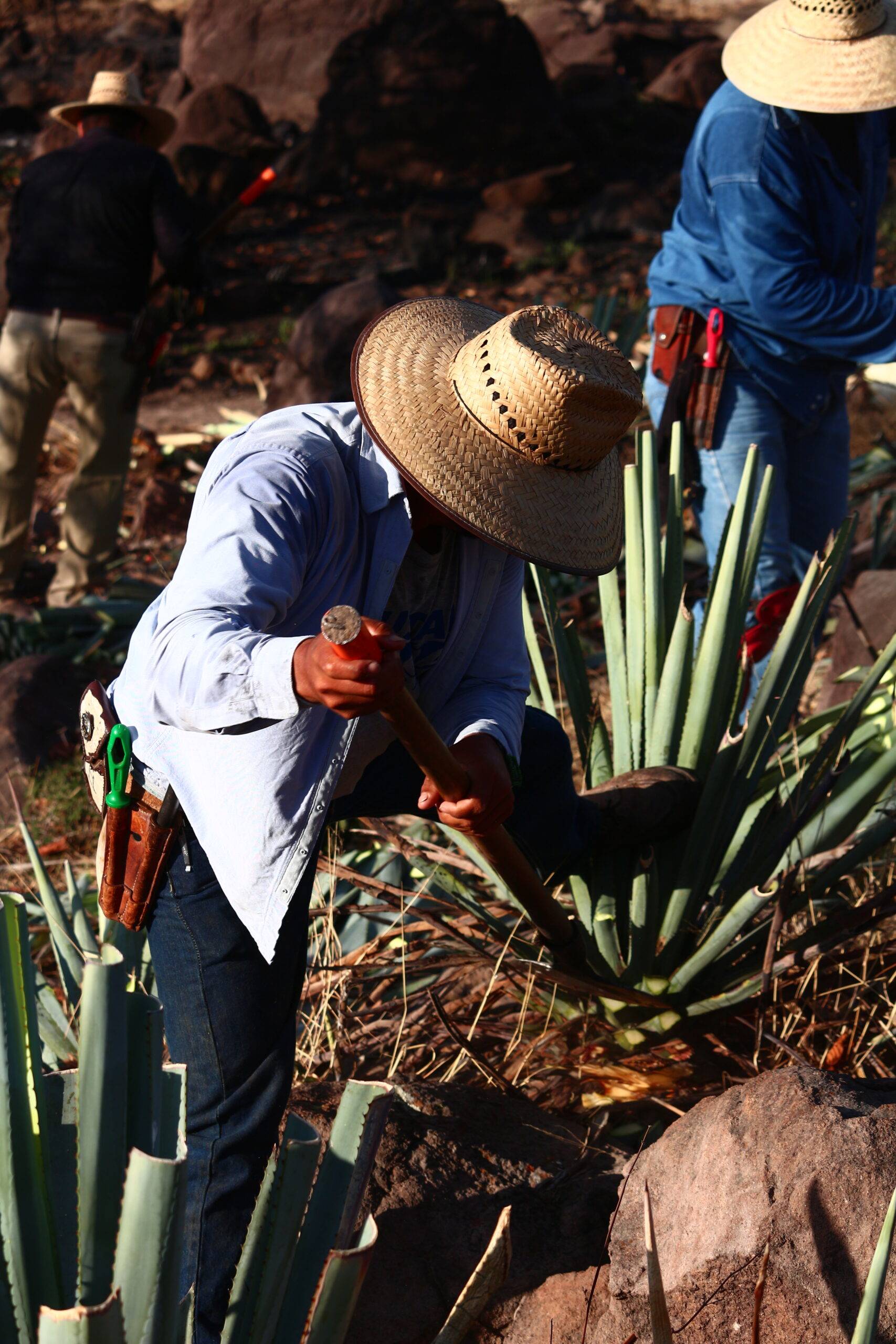
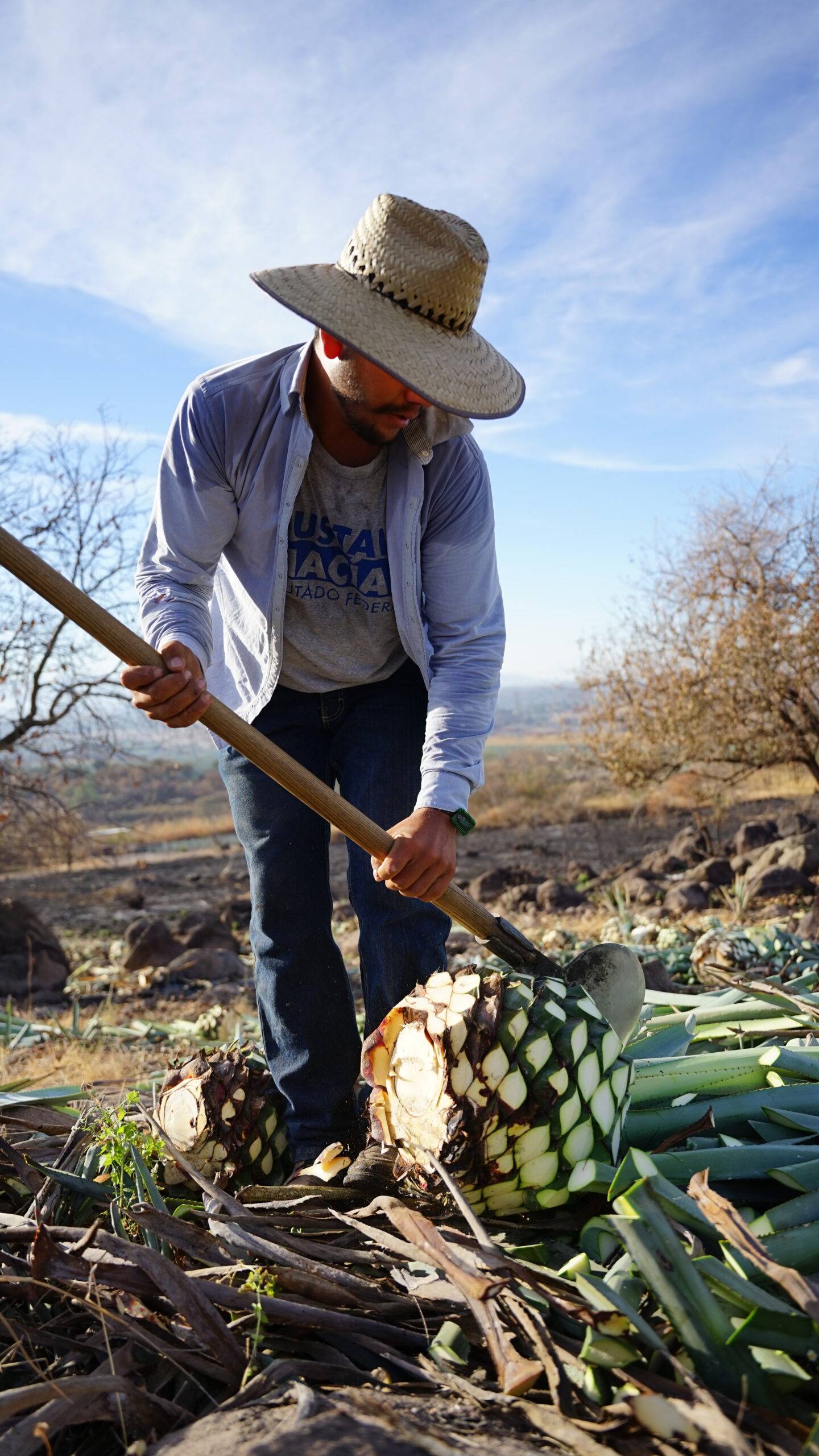
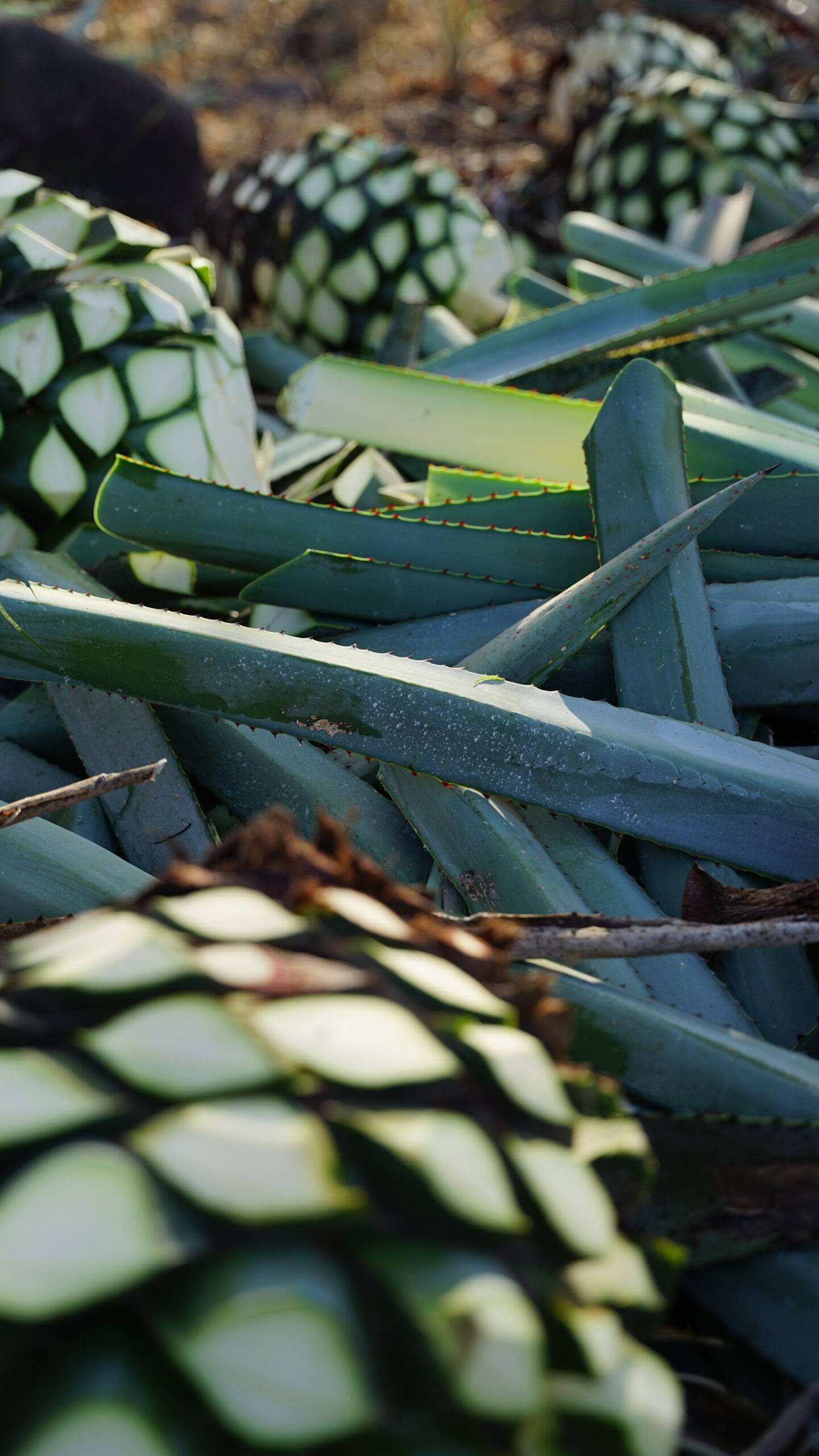
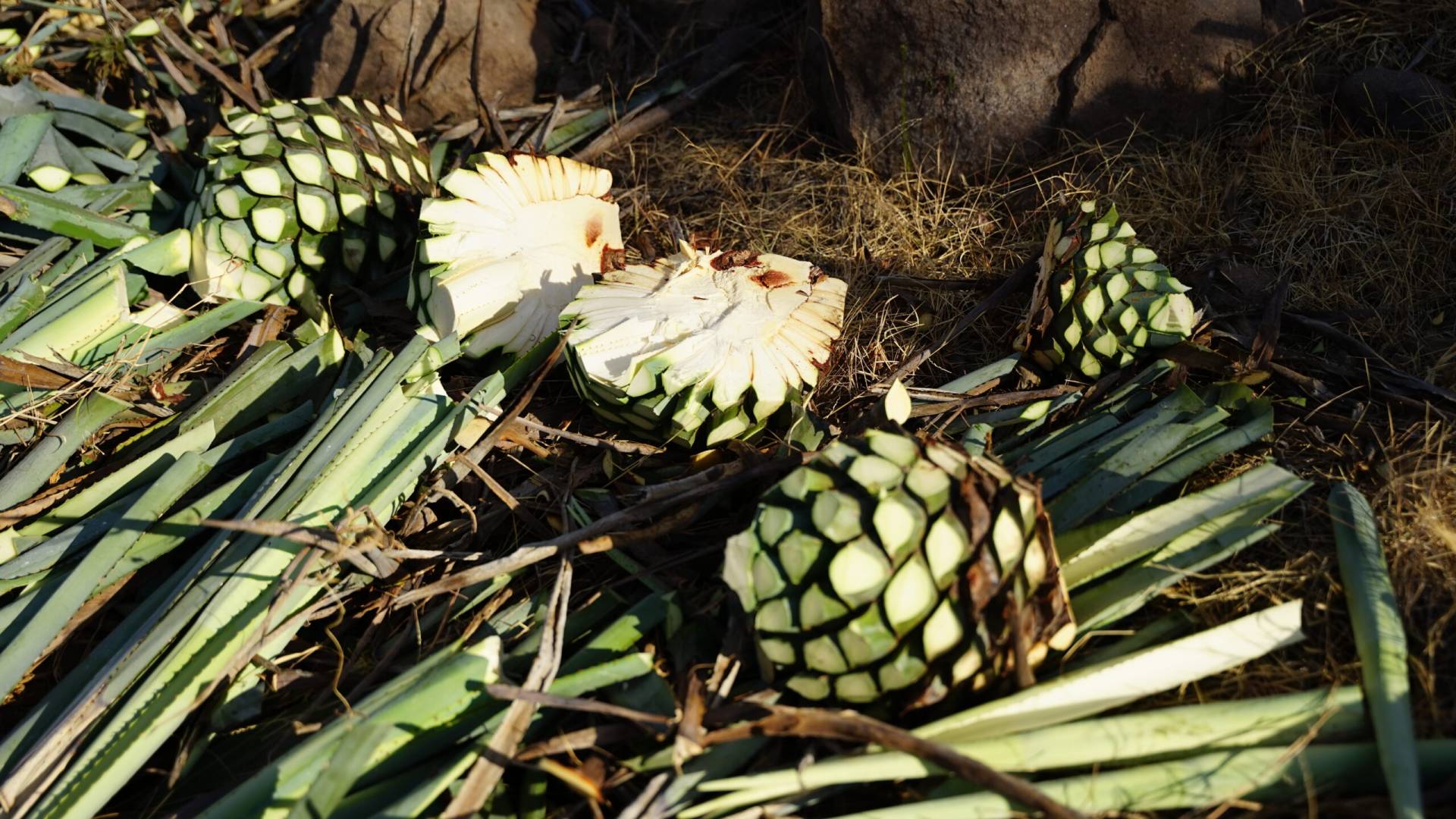
Once the blue agave is in a state of maturation, the leaves or "pencas" of agave are removed, using the “coa” as a tool. In order to obtain the "pineapple" of the agave, where the carbohydrates and sugars used to make tequila are stored.
02
Once the blue agave is in a state of maturation, the leaves or "pencas" of agave are removed, using the “coa” as a tool. In order to obtain the "pineapple" of the agave, where the carbohydrates and sugars used to make tequila are stored.
02
Once the blue agave is in a state of maturation, the leaves or "pencas" of agave are removed, using the “coa” as a tool. In order to obtain the "pineapple" of the agave, where the carbohydrates and sugars used to make tequila are stored.
02
Once the blue agave is in a state of maturation, the leaves or "pencas" of agave are removed, using the “coa” as a tool. In order to obtain the "pineapple" of the agave, where the carbohydrates and sugars used to make tequila are stored.
02
Once the blue agave is in a state of maturation, the leaves or "pencas" of agave are removed, using the “coa” as a tool. In order to obtain the "pineapple" of the agave, where the carbohydrates and sugars used to make tequila are stored.
02
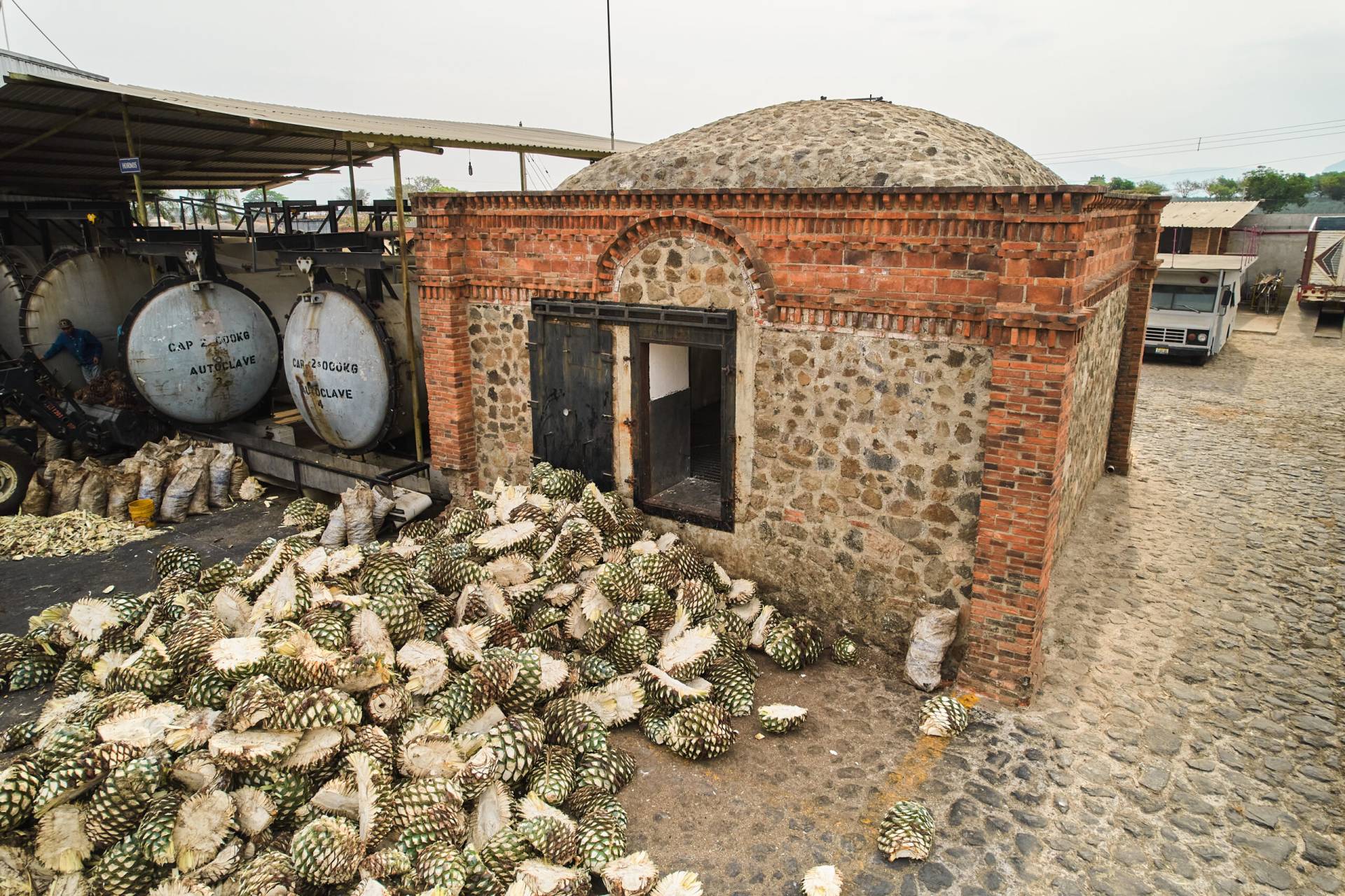
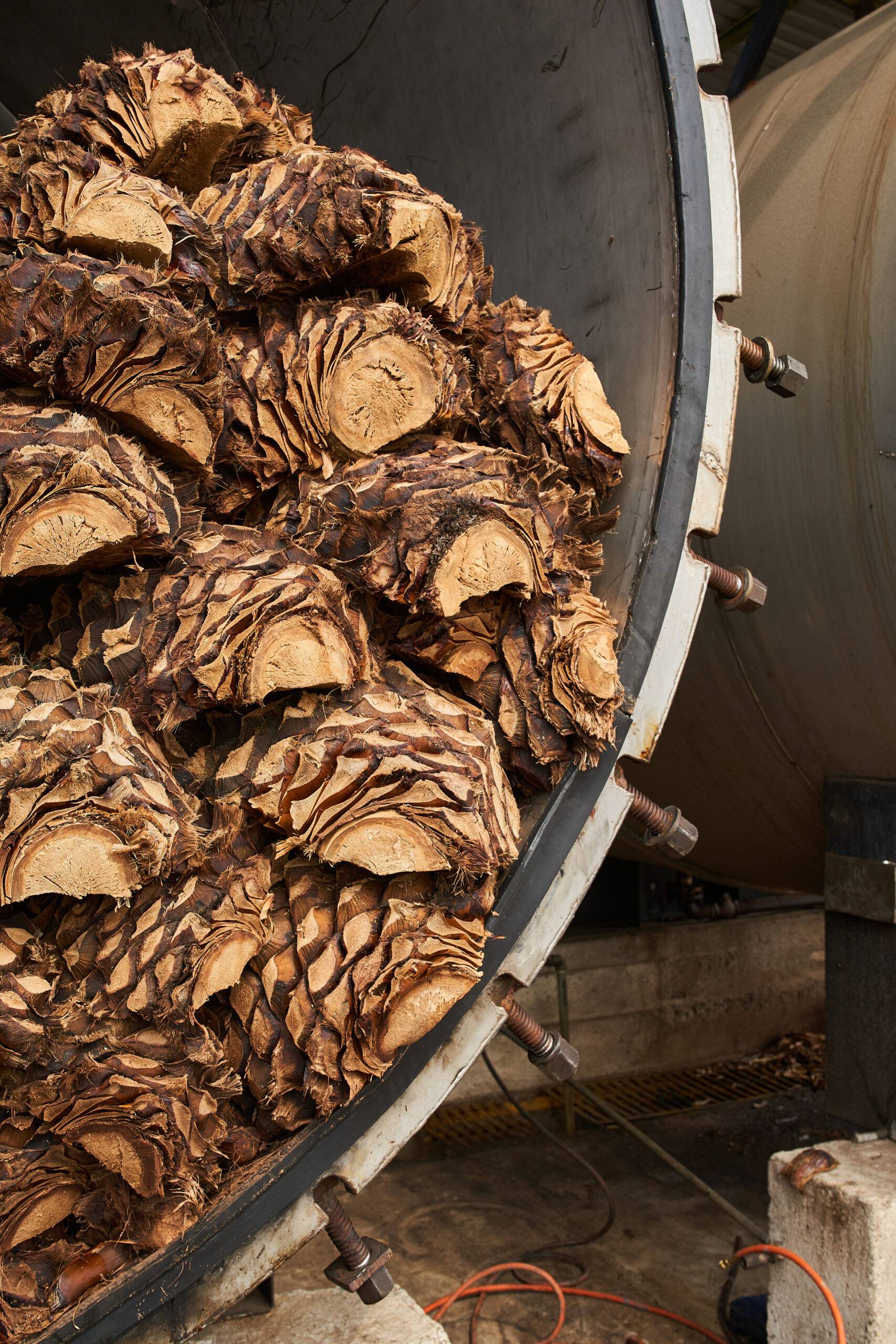
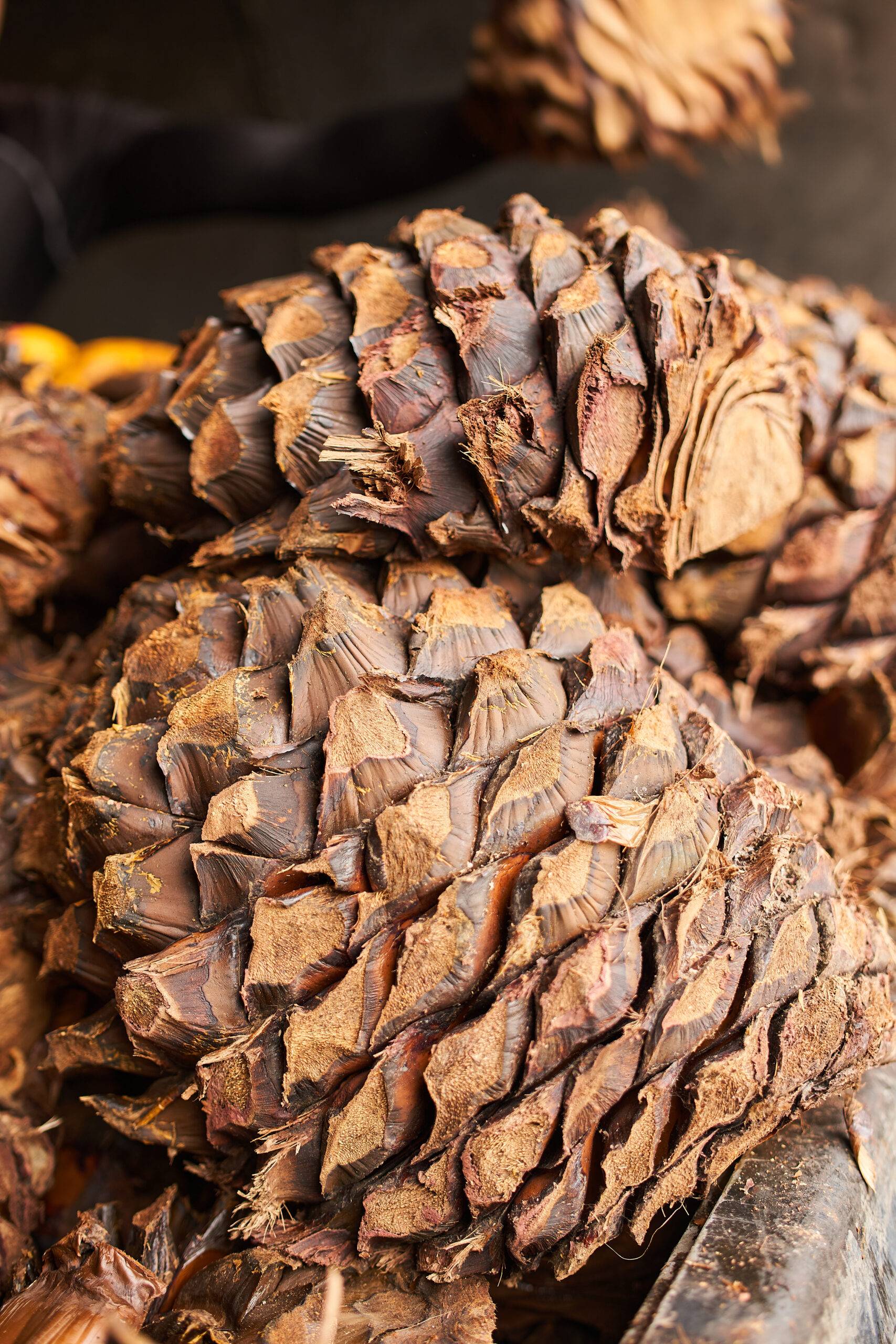
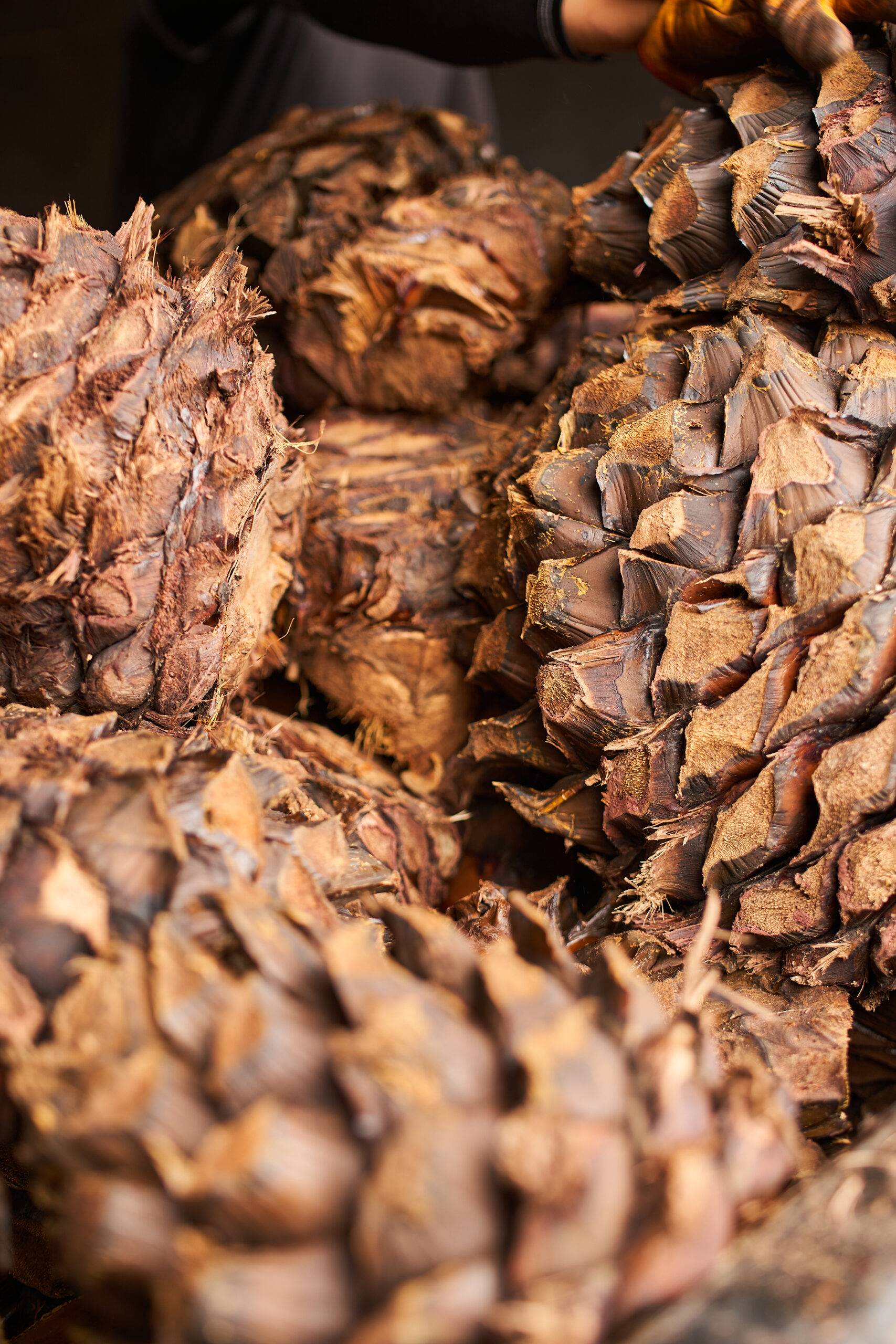
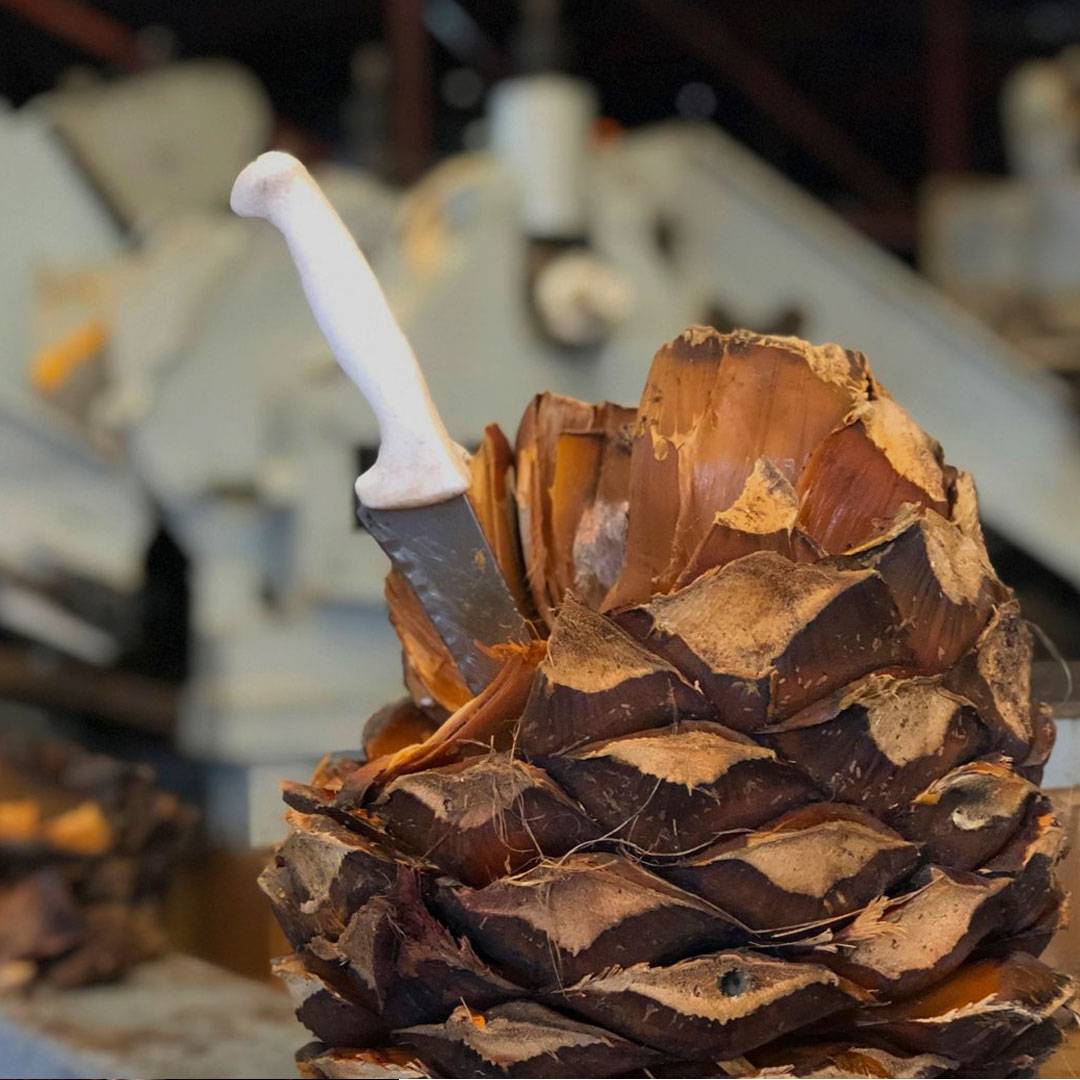
The pineapples are cut in half to place them in masonry ovens and begin the cooking process, where they have a cooking time of 30 to 36 hours. In both cases steam is used at a temperature between 100 and 110°C.
03
The pineapples are cut in half to place them in masonry ovens and begin the cooking process, where they have a cooking time of 30 to 36 hours. In both cases steam is used at a temperature between 100 and 110°C.
03
The pineapples are cut in half to place them in masonry ovens and begin the cooking process, where they have a cooking time of 30 to 36 hours. In both cases steam is used at a temperature between 100 and 110°C.
03
The pineapples are cut in half to place them in masonry ovens and begin the cooking process, where they have a cooking time of 30 to 36 hours. In both cases steam is used at a temperature between 100 and 110°C.
03
The pineapples are cut in half to place them in masonry ovens and begin the cooking process, where they have a cooking time of 30 to 36 hours. In both cases steam is used at a temperature between 100 and 110°C.
03
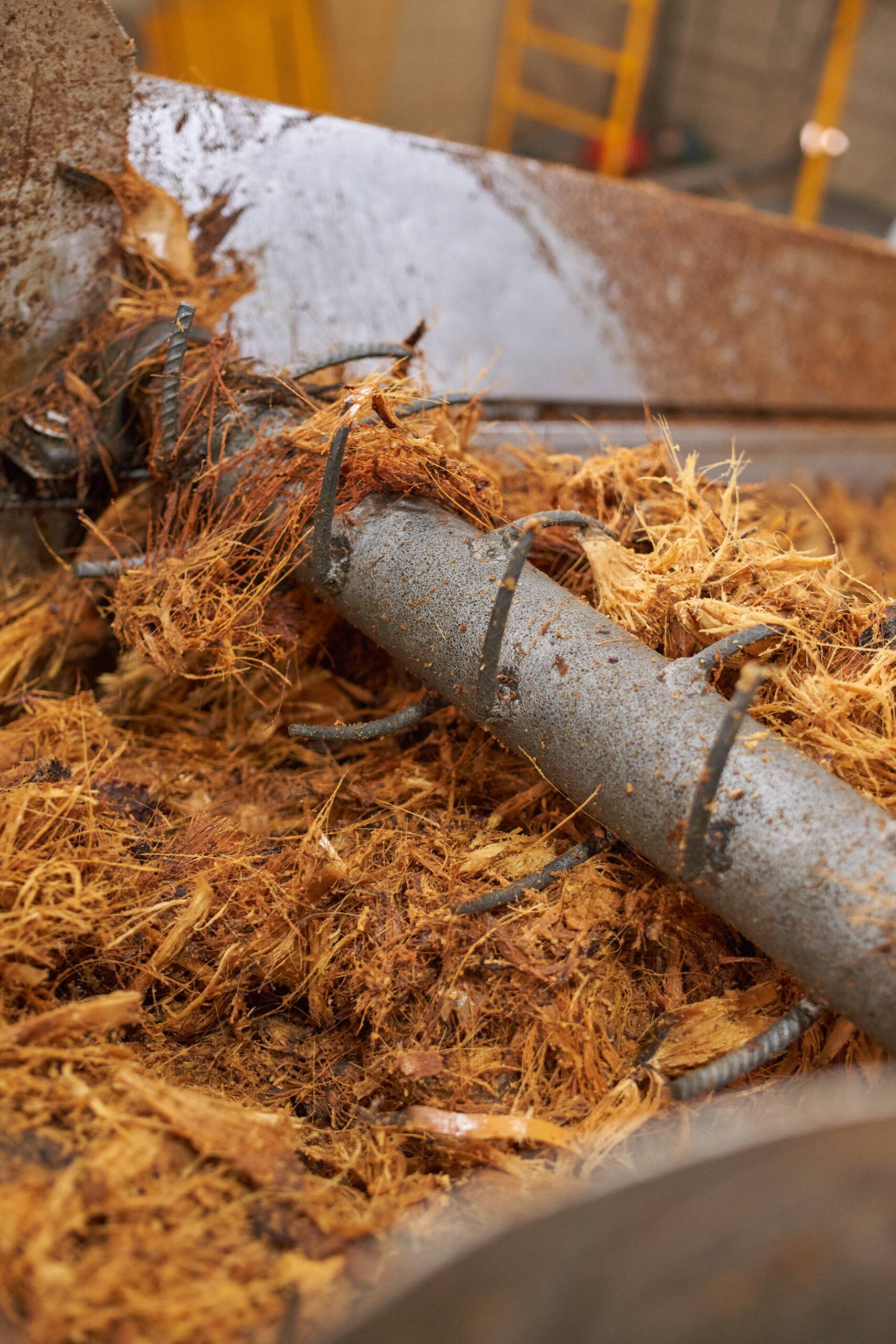

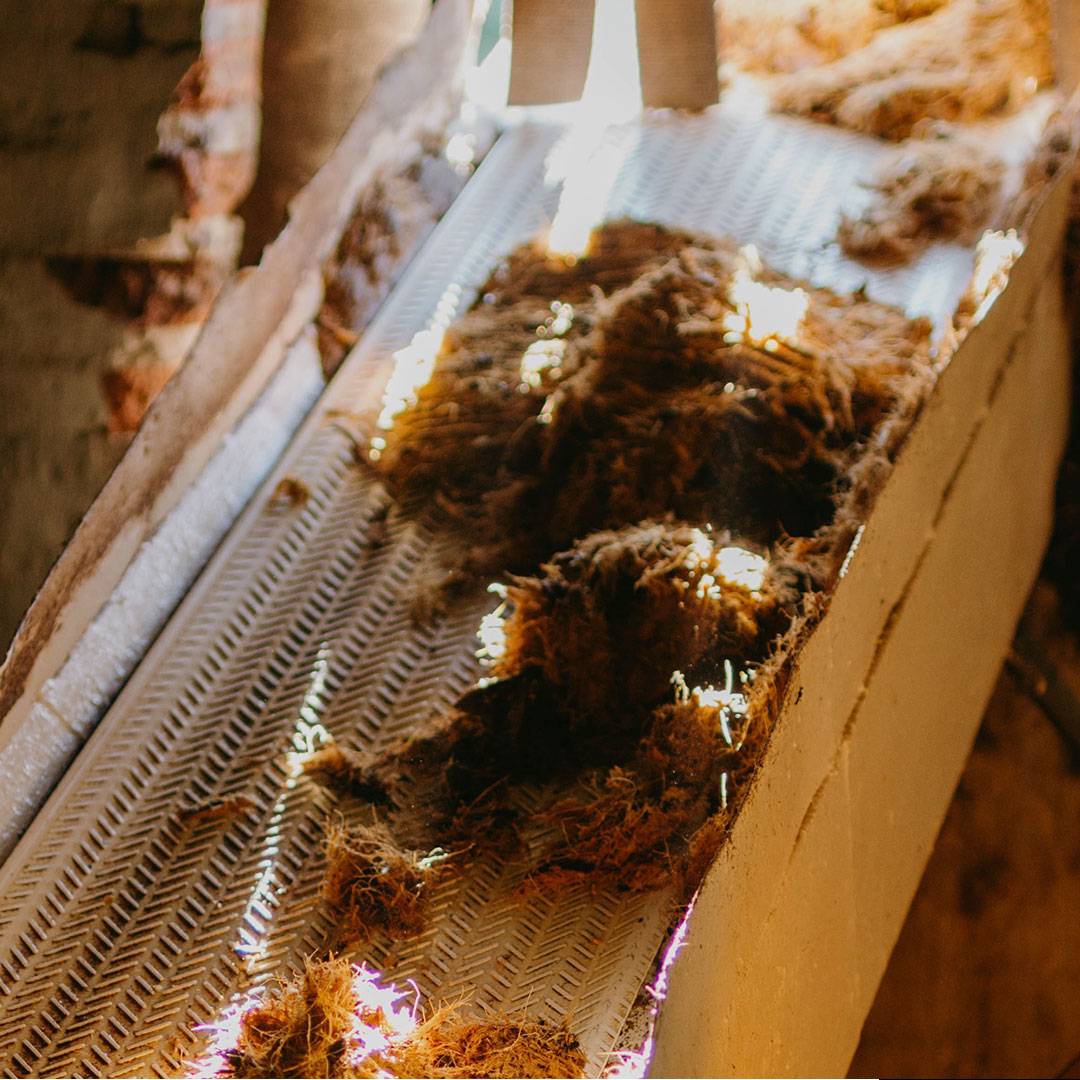
Once the agave is cooked, it is left to rest to be placed on the moving belt that will take it directly to the machine where the agave piñas are crushed to extract the maximum juice.
04
Once the agave is cooked, it is left to rest to be placed on the moving belt that will take it directly to the machine where the agave piñas are crushed to extract the maximum juice.
04
Once the agave is cooked, it is left to rest to be placed on the moving belt that will take it directly to the machine where the agave piñas are crushed to extract the maximum juice.
04
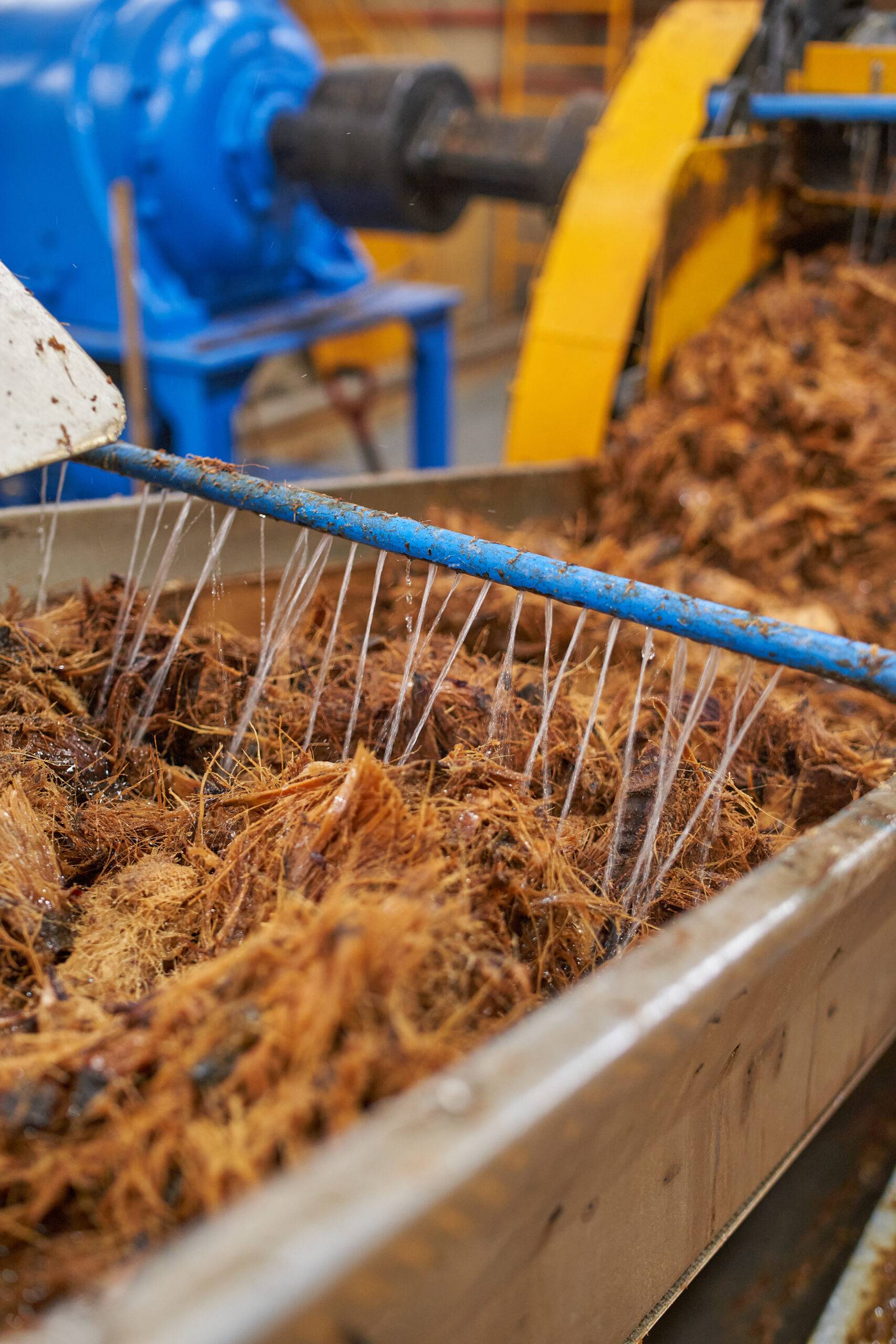
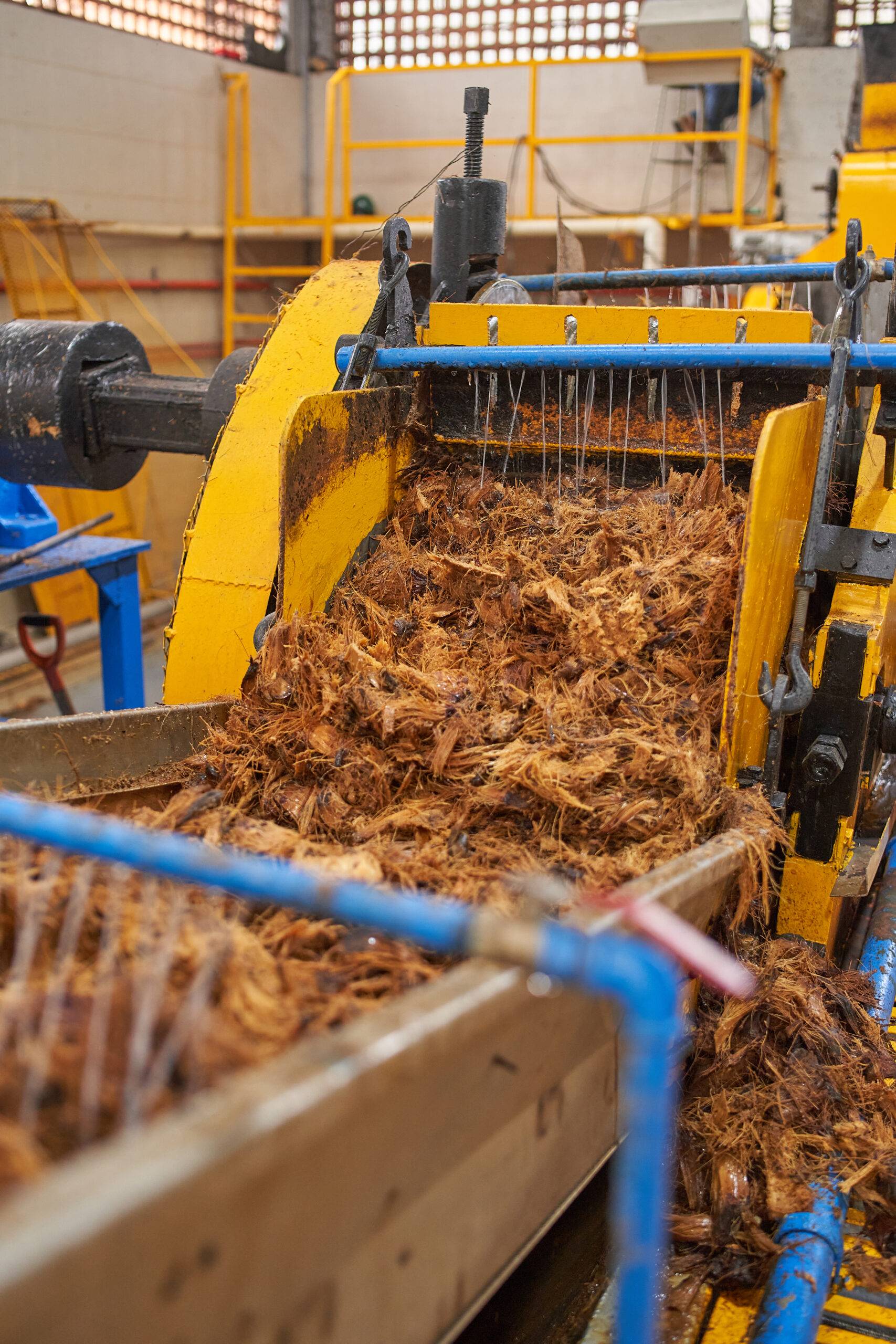
The carbohydrates and sugars contained in the agave piñas are separated from the fiber, from here the agave juice and bagasse are obtained.
05
The carbohydrates and sugars contained in the agave piñas are separated from the fiber, from here the agave juice and bagasse are obtained.
05
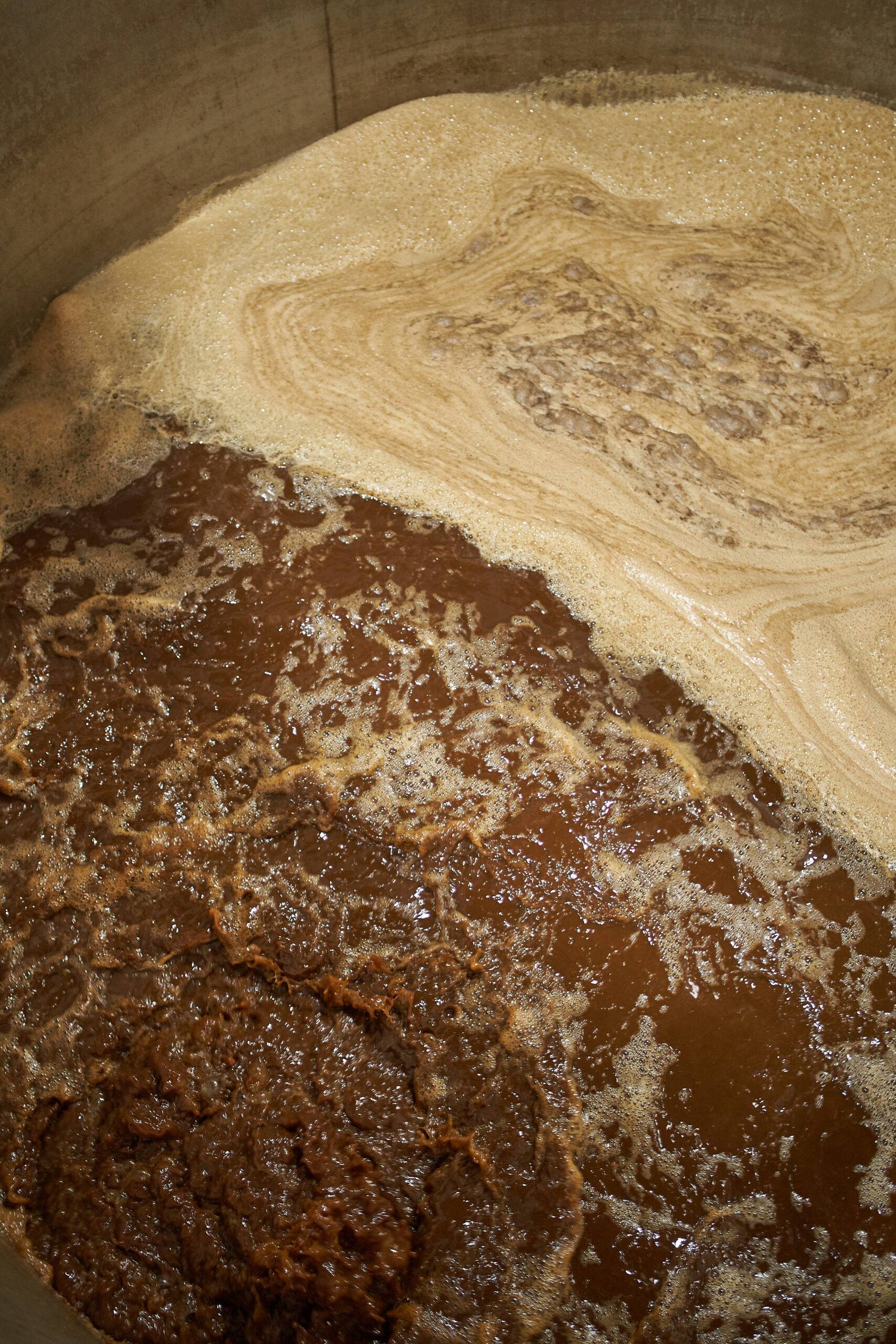
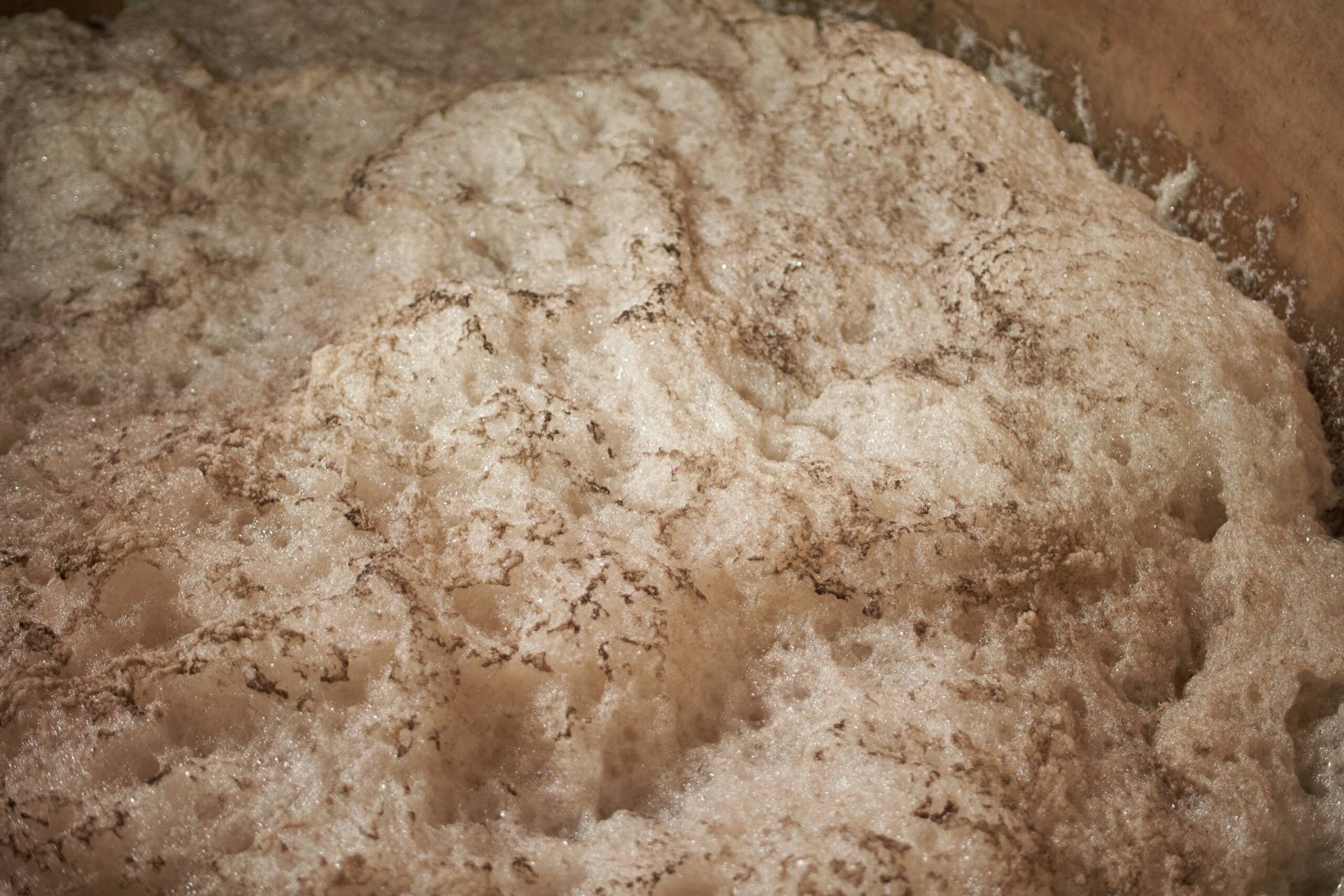
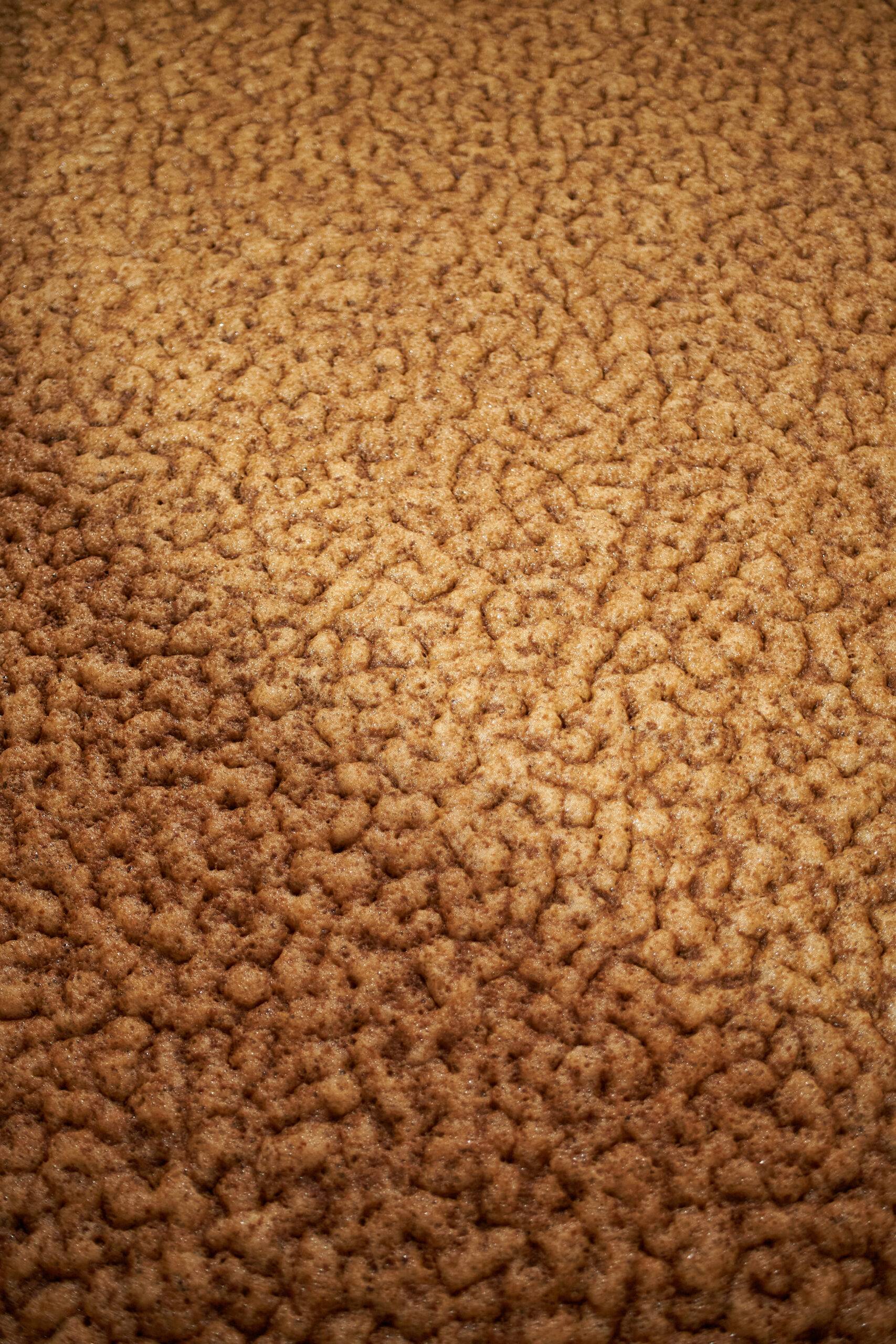
The sugars present in the musts and the yeast strain are combined by being placed in the tanks at the same time, to later be transformed into ethyl alcohol and carbon dioxide. This process lasts approximately 3 to 4 days for 100% agave tequila.
06
The sugars present in the musts and the yeast strain are combined by being placed in the tanks at the same time, to later be transformed into ethyl alcohol and carbon dioxide. This process lasts approximately 3 to 4 days for 100% agave tequila.
06
The sugars present in the musts and the yeast strain are combined by being placed in the tanks at the same time, to later be transformed into ethyl alcohol and carbon dioxide. This process lasts approximately 3 to 4 days for 100% agave tequila.
06
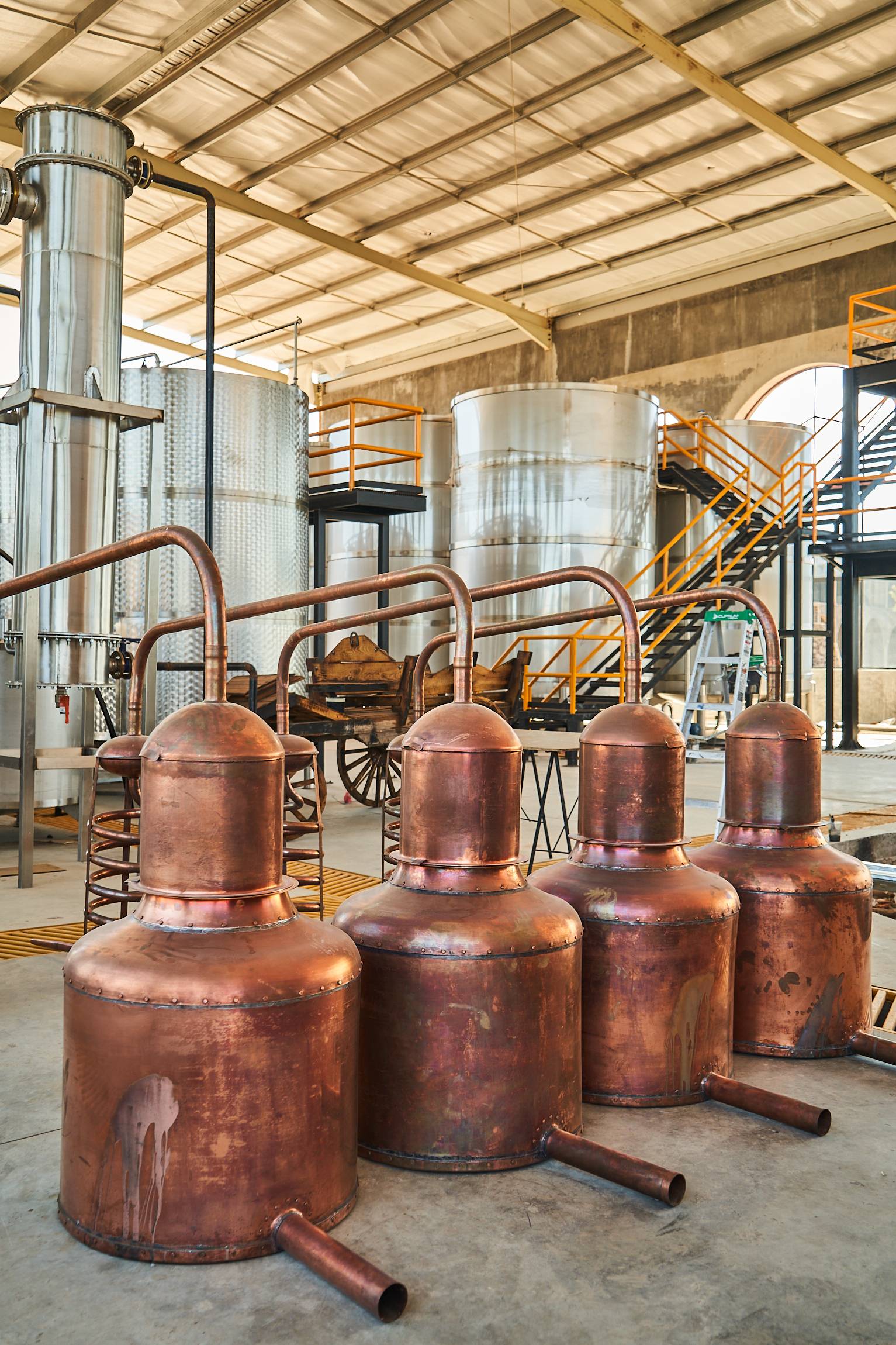
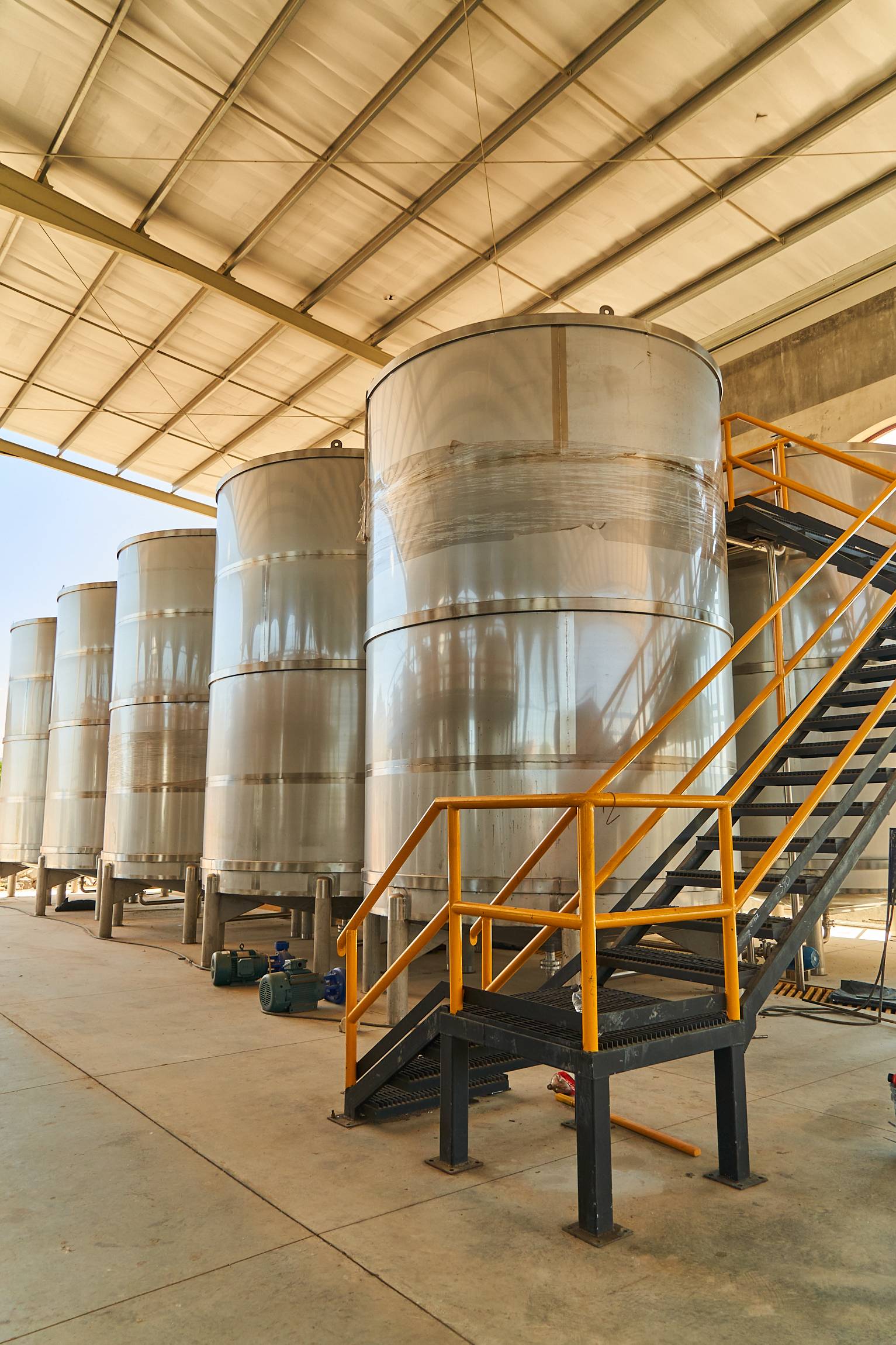
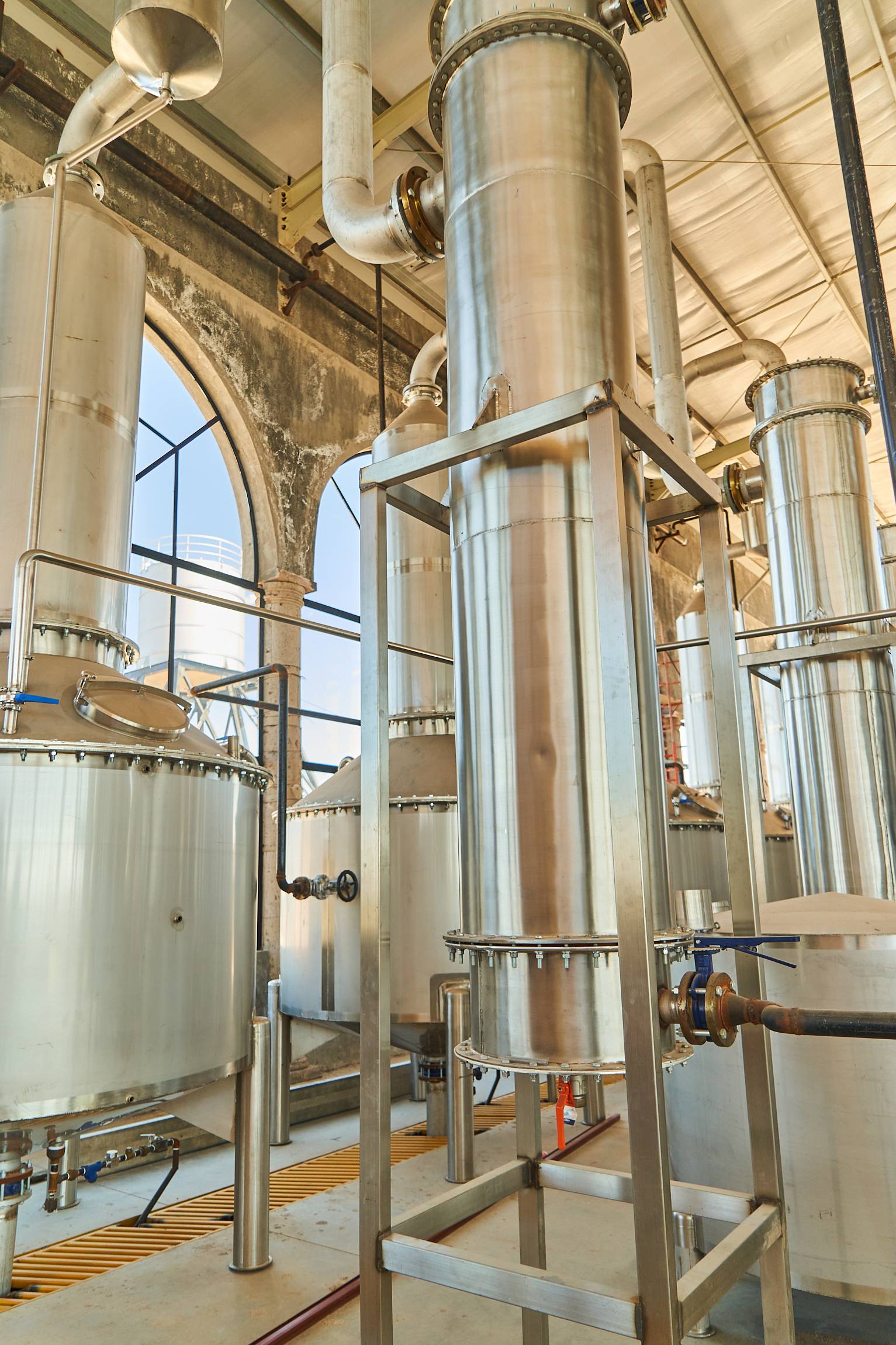
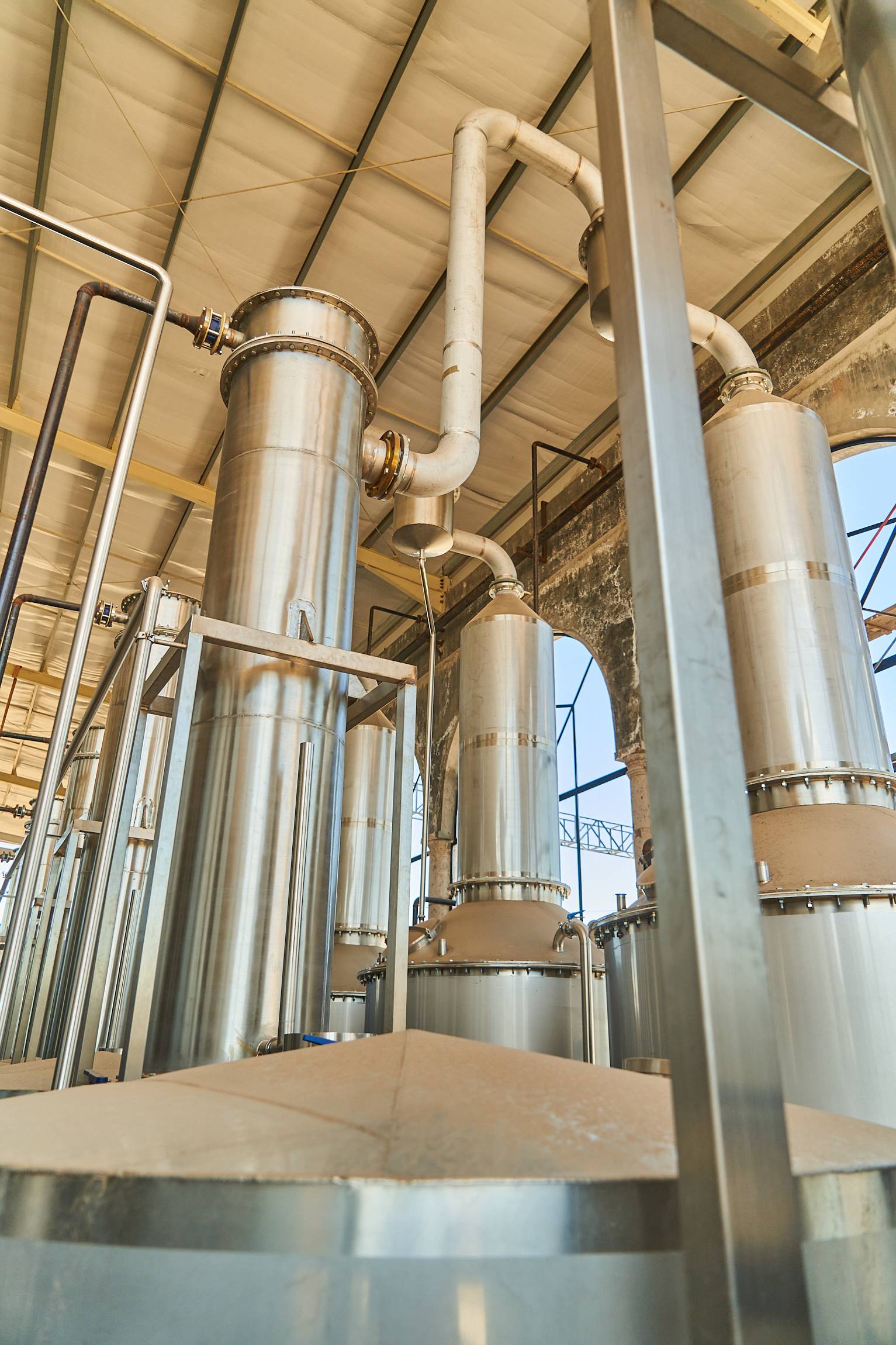
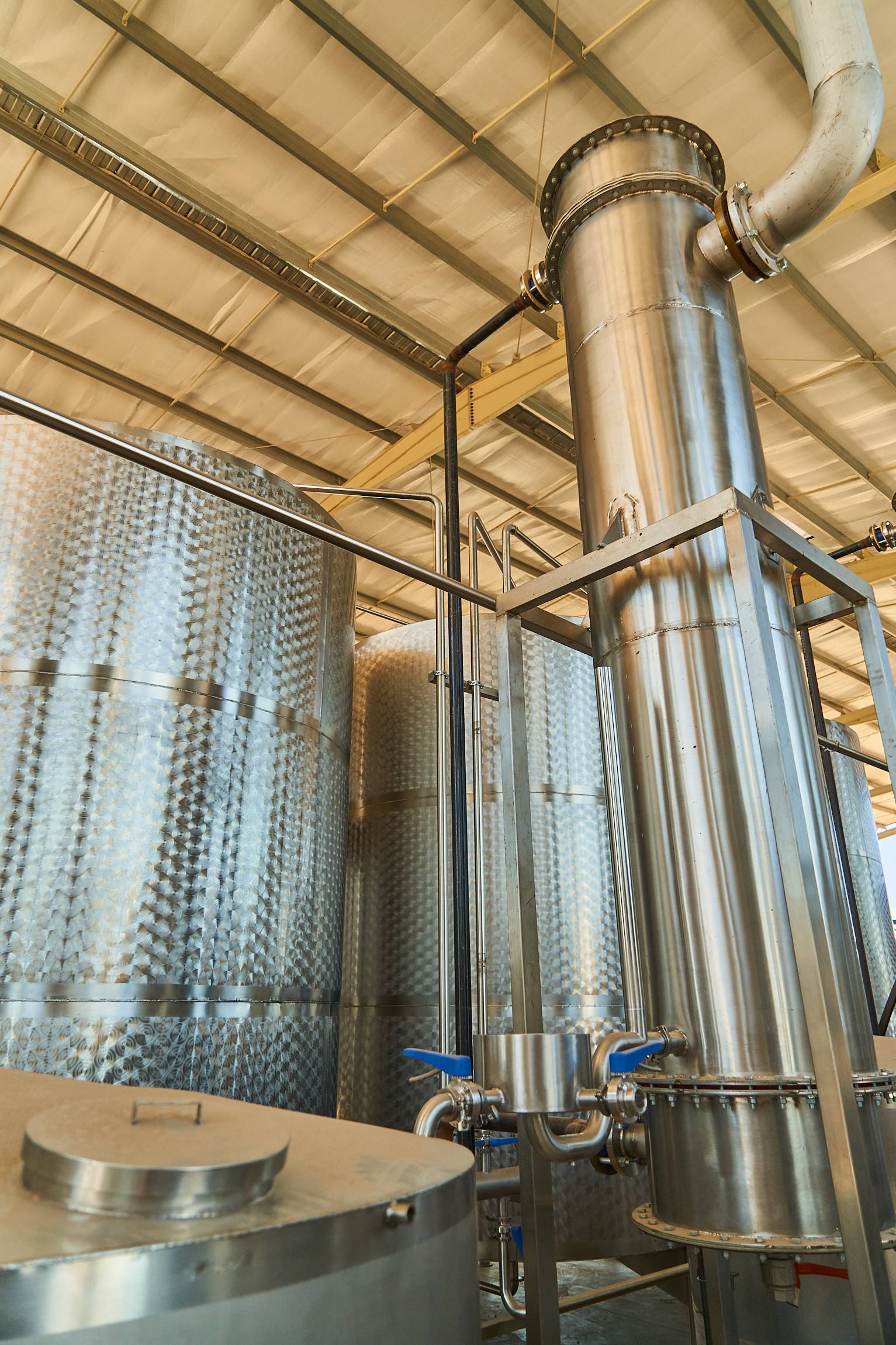
It is made in copper stills. Tequila Mundo de Oro has a double distillation. The first distillation is known as destruction, obtaining a low alcohol content. Then a second distillation called rectification is carried out, which concentrates the ethyl alcohol and purifies it from other alcohols.
07
It is made in copper stills. Tequila Mundo de Oro has a double distillation. The first distillation is known as destruction, obtaining a low alcohol content. Then a second distillation called rectification is carried out, which concentrates the ethyl alcohol and purifies it from other alcohols.
07
It is made in copper stills. Tequila Mundo de Oro has a double distillation. The first distillation is known as destruction, obtaining a low alcohol content. Then a second distillation called rectification is carried out, which concentrates the ethyl alcohol and purifies it from other alcohols.
07
It is made in copper stills. Tequila Mundo de Oro has a double distillation. The first distillation is known as destruction, obtaining a low alcohol content. Then a second distillation called rectification is carried out, which concentrates the ethyl alcohol and purifies it from other alcohols.
07
It is made in copper stills. Tequila Mundo de Oro has a double distillation. The first distillation is known as destruction, obtaining a low alcohol content. Then a second distillation called rectification is carried out, which concentrates the ethyl alcohol and purifies it from other alcohols.
07
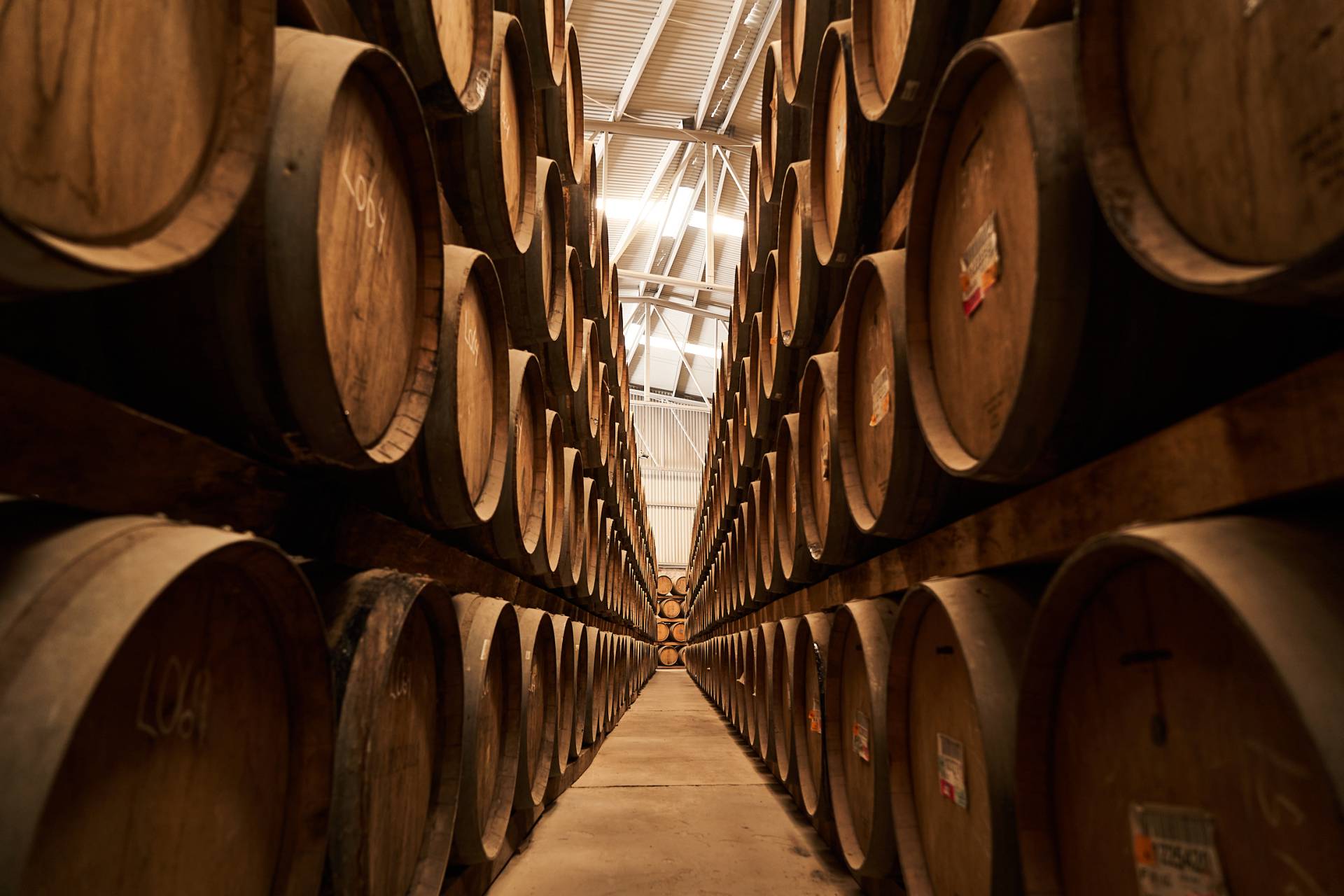
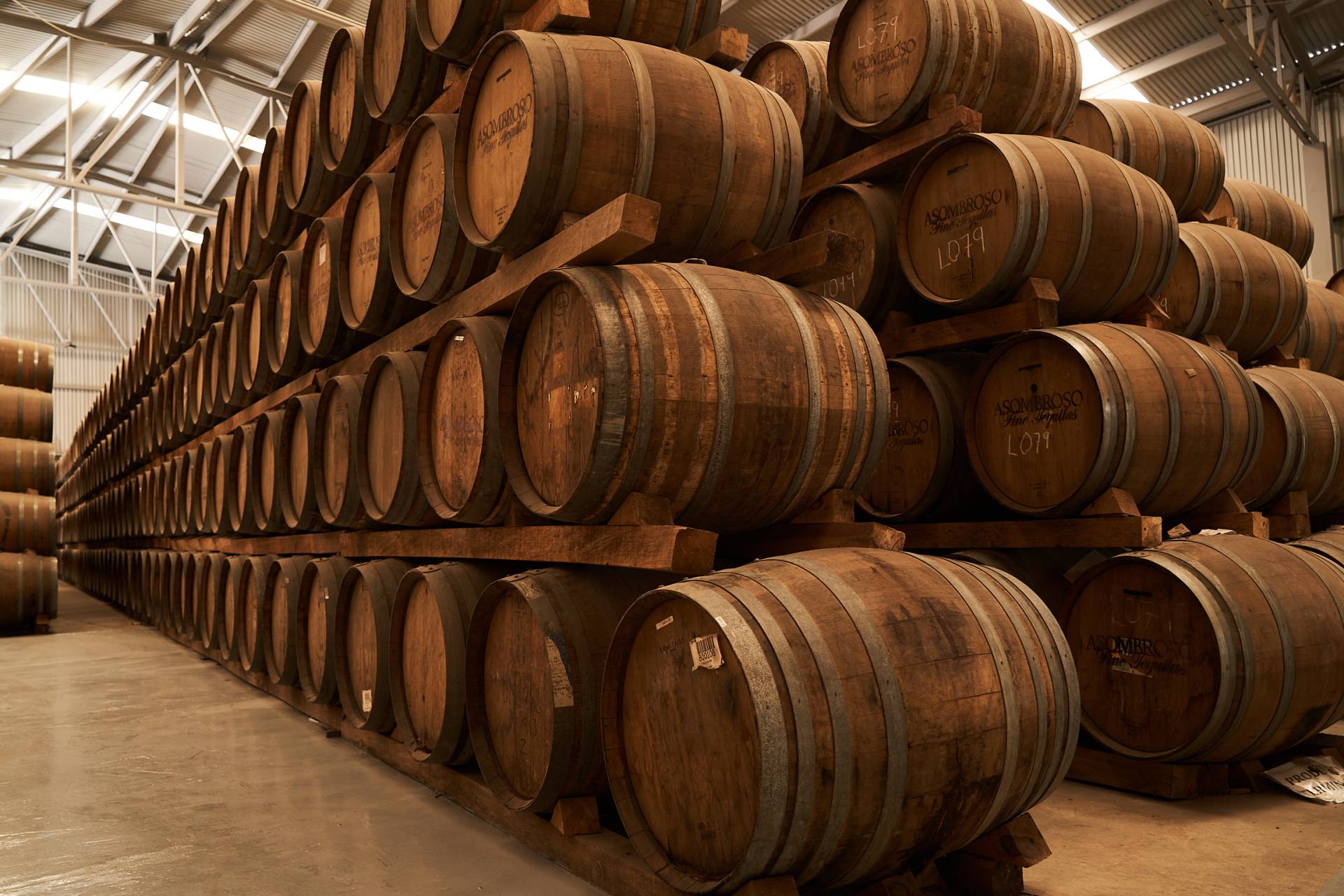
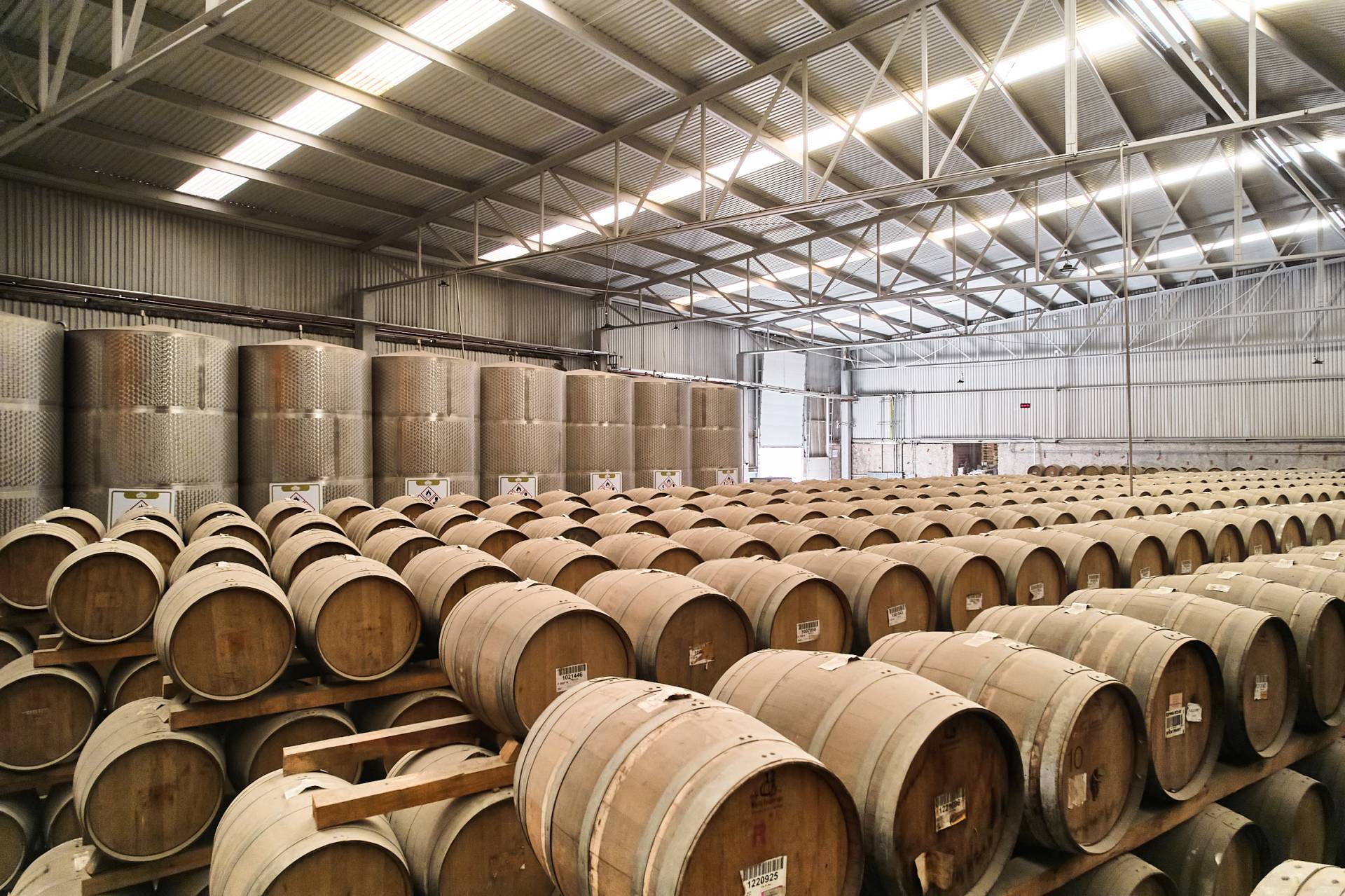
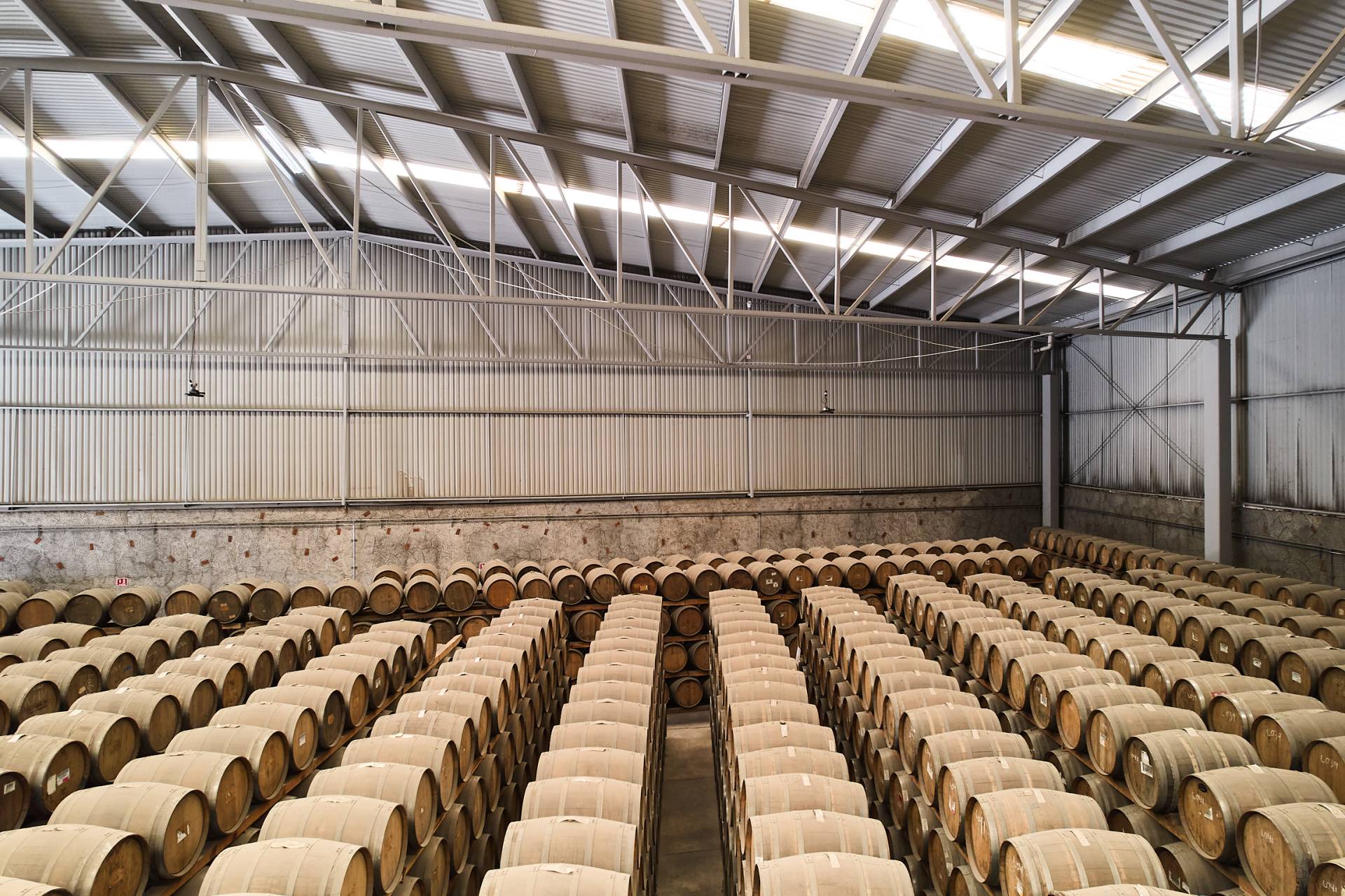
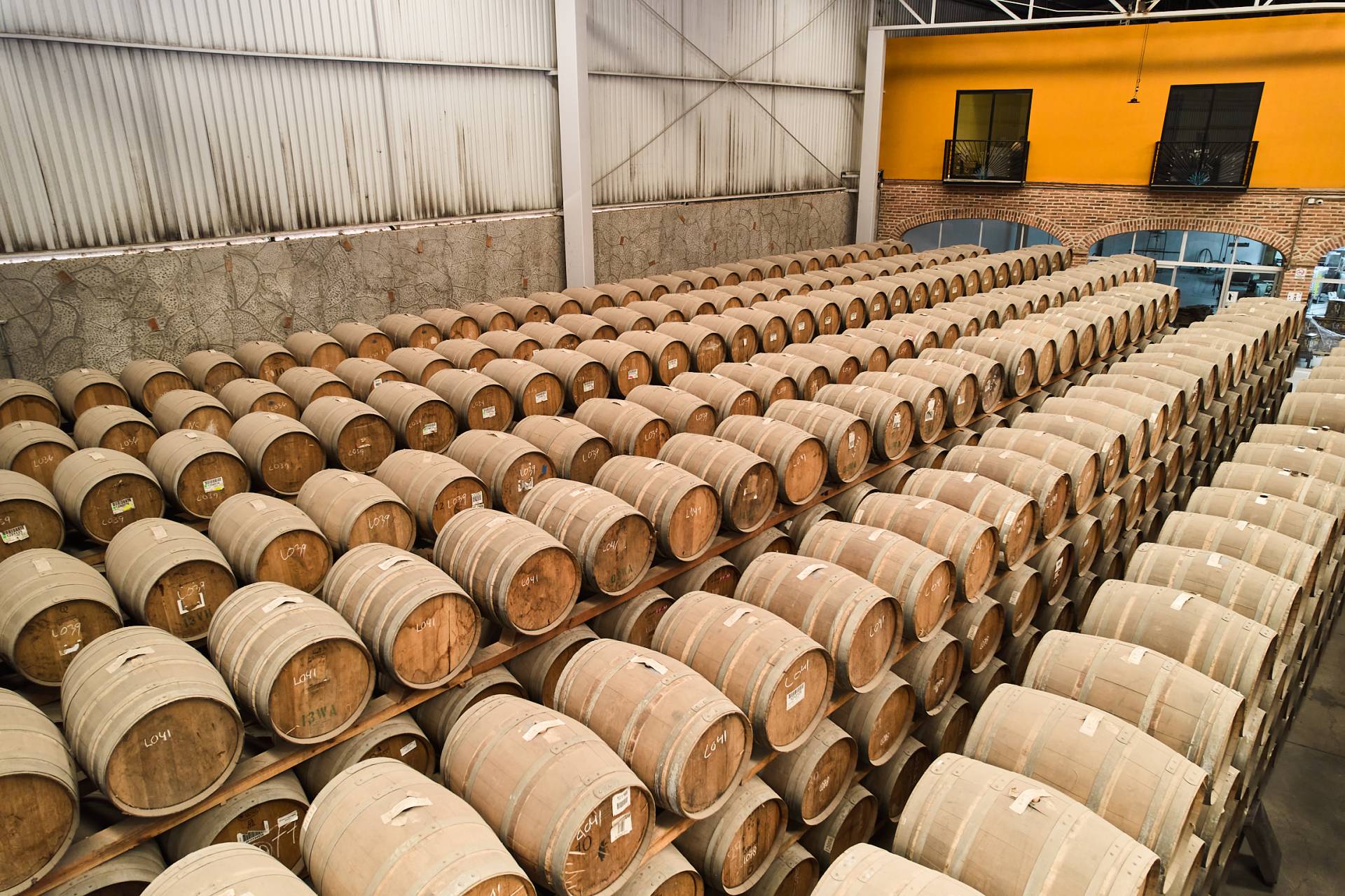
The tequila is poured into barrels that are made of French white oak wood so that it acquires that characteristic woody taste.
Depending on the time it is left to age, different types of Mundo de Oro tequila profiles can be created: Blanco, Plata, Reposado, Añejo, Añejo Cristalino and Extra Añejo. Where only the White is transferred directly to the packaging area, since it does not need time in the barrel.
At the end of the process, a panel of tequila masters evaluates the sensory characteristics of each batch of tequila to guarantee the quality of the product that reaches the market, verifying the PH, turbidity, color and alcohol percentage, among others. characteristics.
08
The tequila is poured into barrels that are made of French white oak wood so that it acquires that characteristic woody taste.
Depending on the time it is left to age, different types of Mundo de Oro tequila profiles can be created: Blanco, Plata, Reposado, Añejo, Añejo Cristalino and Extra Añejo. Where only the White is transferred directly to the packaging area, since it does not need time in the barrel.
At the end of the process, a panel of tequila masters evaluates the sensory characteristics of each batch of tequila to guarantee the quality of the product that reaches the market, verifying the PH, turbidity, color and alcohol percentage, among others. characteristics.
08
The tequila is poured into barrels that are made of French white oak wood so that it acquires that characteristic woody taste.
Depending on the time it is left to age, different types of Mundo de Oro tequila profiles can be created: Blanco, Plata, Reposado, Añejo, Añejo Cristalino and Extra Añejo. Where only the White is transferred directly to the packaging area, since it does not need time in the barrel.
At the end of the process, a panel of tequila masters evaluates the sensory characteristics of each batch of tequila to guarantee the quality of the product that reaches the market, verifying the PH, turbidity, color and alcohol percentage, among others. characteristics.
08
The tequila is poured into barrels that are made of French white oak wood so that it acquires that characteristic woody taste.
Depending on the time it is left to age, different types of Mundo de Oro tequila profiles can be created: Blanco, Plata, Reposado, Añejo, Añejo Cristalino and Extra Añejo. Where only the White is transferred directly to the packaging area, since it does not need time in the barrel.
At the end of the process, a panel of tequila masters evaluates the sensory characteristics of each batch of tequila to guarantee the quality of the product that reaches the market, verifying the PH, turbidity, color and alcohol percentage, among others. characteristics.
08
The tequila is poured into barrels that are made of French white oak wood so that it acquires that characteristic woody taste.
Depending on the time it is left to age, different types of Mundo de Oro tequila profiles can be created: Blanco, Plata, Reposado, Añejo, Añejo Cristalino and Extra Añejo. Where only the White is transferred directly to the packaging area, since it does not need time in the barrel.
At the end of the process, a panel of tequila masters evaluates the sensory characteristics of each batch of tequila to guarantee the quality of the product that reaches the market, verifying the PH, turbidity, color and alcohol percentage, among others. characteristics.
08
09
Packing
The bottle is washed to confirm that it is completely clean and does not contain residues that affect the quality of the tequila.
Packing
Then these are filled using a plastic test tube to level the measurement of the corresponding milliliters.
Packing
Immediately, the batch is applied to each bottle and the corresponding labeling of each presentation being packaged continues.
